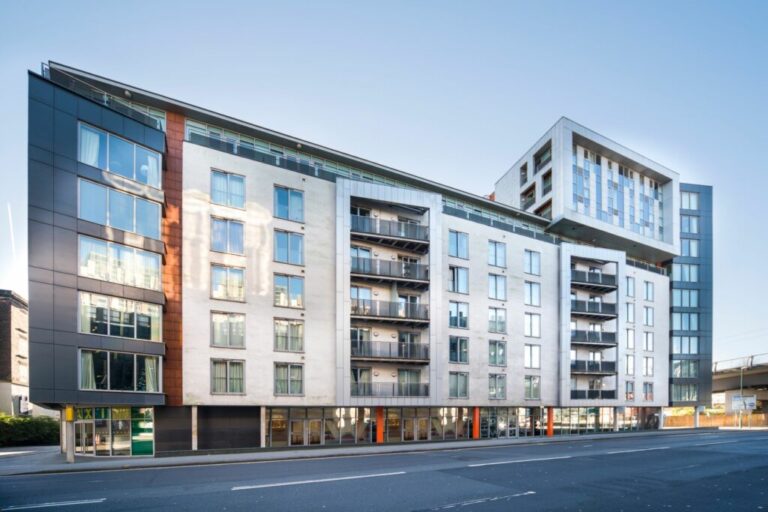The high end of town in terms of both physical position and budget, Wahroonga is achingly pretty – and achingly expensive.
Summary: One of the pinnacles of where Sydney’s mix of wealth and bushland greenery collide, Wahroonga on the Upper North Shore is a showcase of pretty gardens, sprawling mansions and estates, and the occasional helping of unit blocks, little amenities and local shops sprinkled in. There’s an element of prestige that permeates almost everything within the suburb’s boundaries, from its homes, to its schools, to even the cleanliness and upkeep of its convenient train station which offers easy access down into Sydney city.
While it’s impressive to gawk at and wander its largely-peaceful streets, Wahroonga also has a practical element to it, with a decent smattering of amenities & dining throughout, a relatively easy drive into the CBD, and access to larger-scale shopping not far away. Other than its obvious price barrier to entry – boasting some of the most expensive real estate in the region – it’s lacking in “entertainment” of any kind outside of dining, although it boasts an extremely low crime rate in return, too. There are plenty of more boring suburbs, despite its reputation.
Key stats
Region: Upper North Shore
Population: 17,500
Postcode: 2076
Ethnic Breakdown: English 25.1%, Australian 19.5%, Chinese 9.4%, Irish 8.4%, Scottish 7.7%
Time to CBD (Public Transport): 40 minutes
Time to CBD (Driving): 35 minutes
Nearest Train Station: Wahroonga
Highlights/attractions: Historic mansions
Ideal for: Families, retirees, professionals
There are two words, both starting with “E”, which perhaps best sum up Wahroonga as a whole – Enchanting, and Excess.
The former can be chalked down to the fact that this elite, northern Sydney suburb is undeniably visually appealing, with the skill involved in the design, building, and maintaining its array of historic, manor-scale homes something that has well and truly stood the test of time.
Much of the suburb is historic, with its high-end houses oozing character while perched on their massive blocks immersed in rich greenery; this is the absolute apex of the “white picket fence” aspirational lifestyle ratcheted up to extreme levels, Sydney-style.
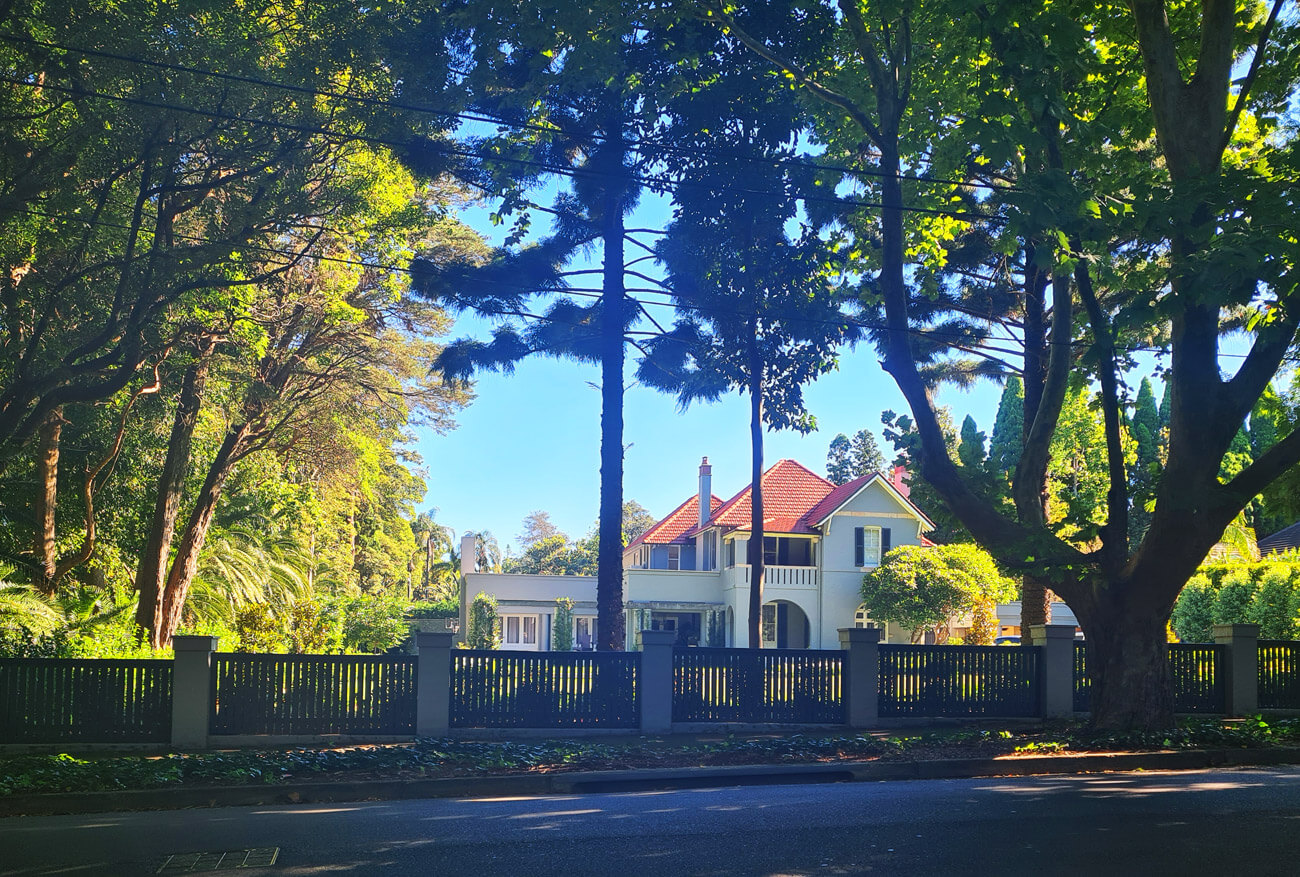
If you’ve ever wanted to witness examples of true Australian inter-generational wealth or the results of high-level capital success on display, there are few prettier places in the country in which to do it.
A stroll down some of Wahroonga’s ritziest streets like slices of Burns Rd, Carrington Rd, Fox River Rd and Woodville Ave – among others – is going to leave most regular people gawking in a mix of disbelief and envy, to be sure. However, there’s also that other E-word – excess – which begs the question: does any single family on Earth really need this big of a home?
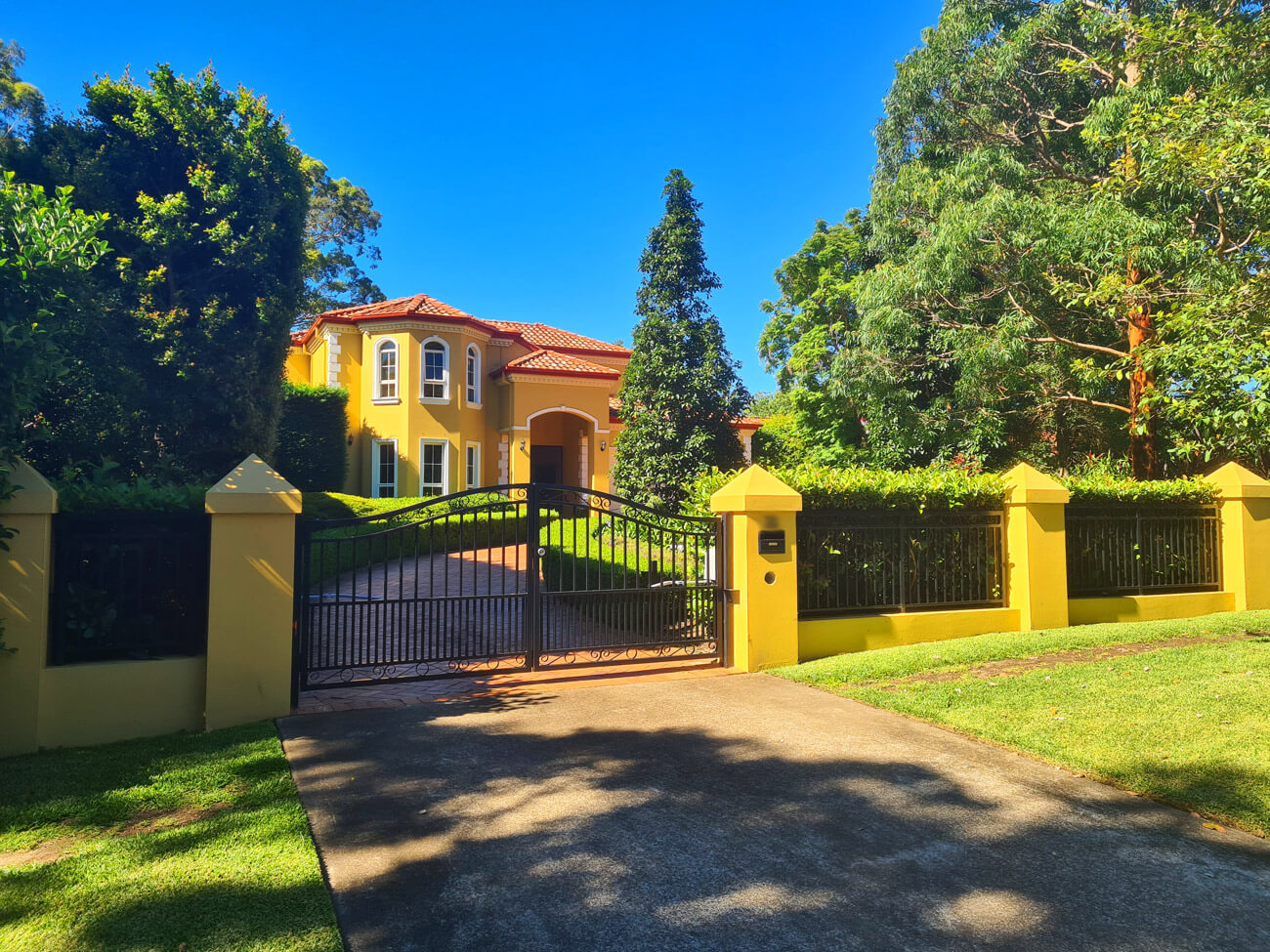
Fortunately, there’s more to Wahroonga than simply a cavalcade of mansions, with the potential still for a high-quality lifestyle for those who aren’t in the top 1% of the Aussie population finance-wise as well. While this is not a suburb for excitement, neither is it as uneventful or ill-equipped as some of its similar high-end Upper North Shore peers.
There’s a clear separation in terms of both development and overall wealth between Wahroonga and neighbouring Hornsby not far away, especially given the relatively short distance.
One is a historic and incredibly leafy concentration of low-density homes (some dating back to the 1800s) on sweeping back streets with the occasional block of quality units dotted in, while the other is much more built-up and diverse in terms of streetscape, amenities, and people.
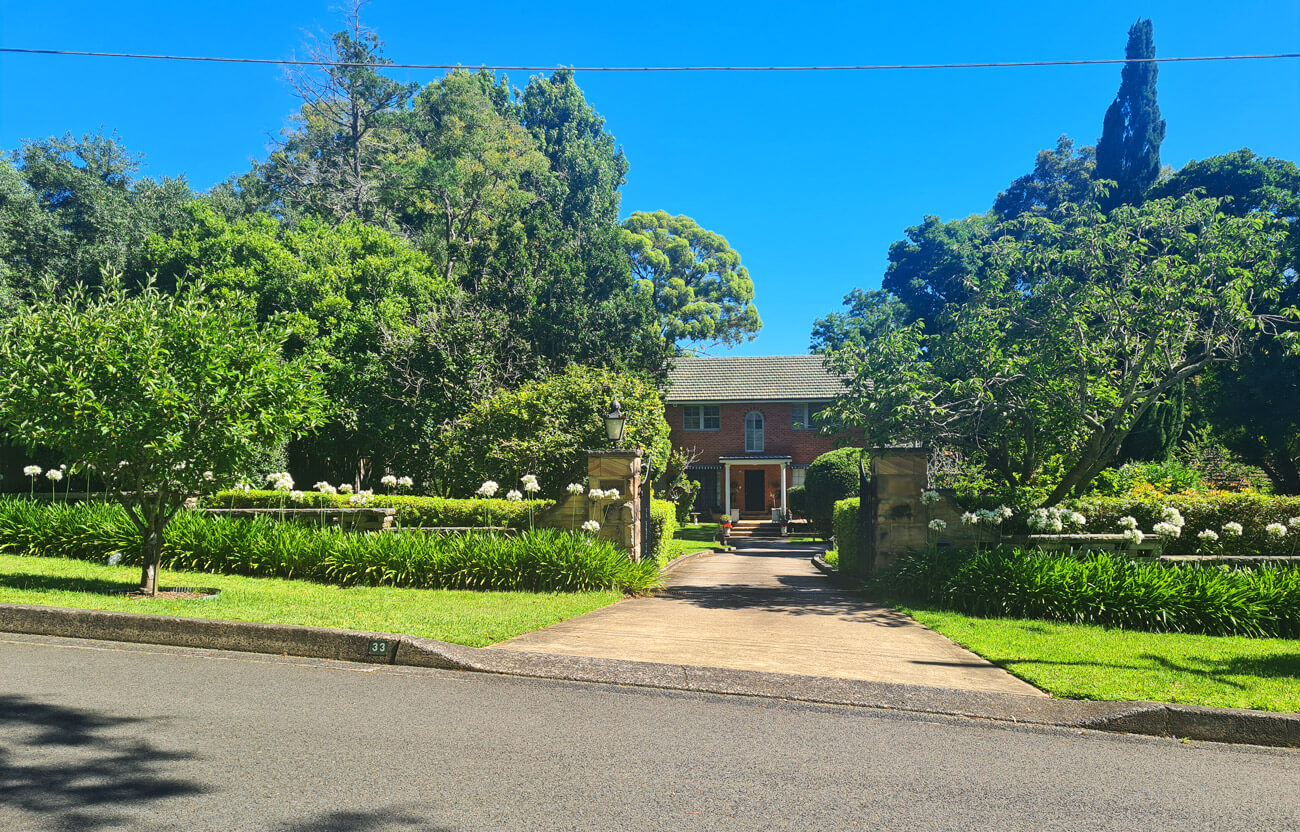
The appeal of Wahroonga comes not only from its high-end homes and peaceful well-manicured streetscape, but its physical location as well. Often for an environment as roomy and green such as this you’d need to live somewhere semi-rural, yet Wahroonga doesn’t sacrifice much in terms of distance from major drawcards – hence the pricetag.
The suburb sits in a location that’s north enough for easy access to ample greenery of its surrounding national parks while still both bisected by, and adjacent to, major arterial roads for getting in and out of several of Sydney’s key working hubs by road.
This includes the Pacific Highway, plus the recent addition of the Northconnex Interchange; combine the two and a drive into the Sydney CBD within 30 minutes is doable in times of non-peak traffic.
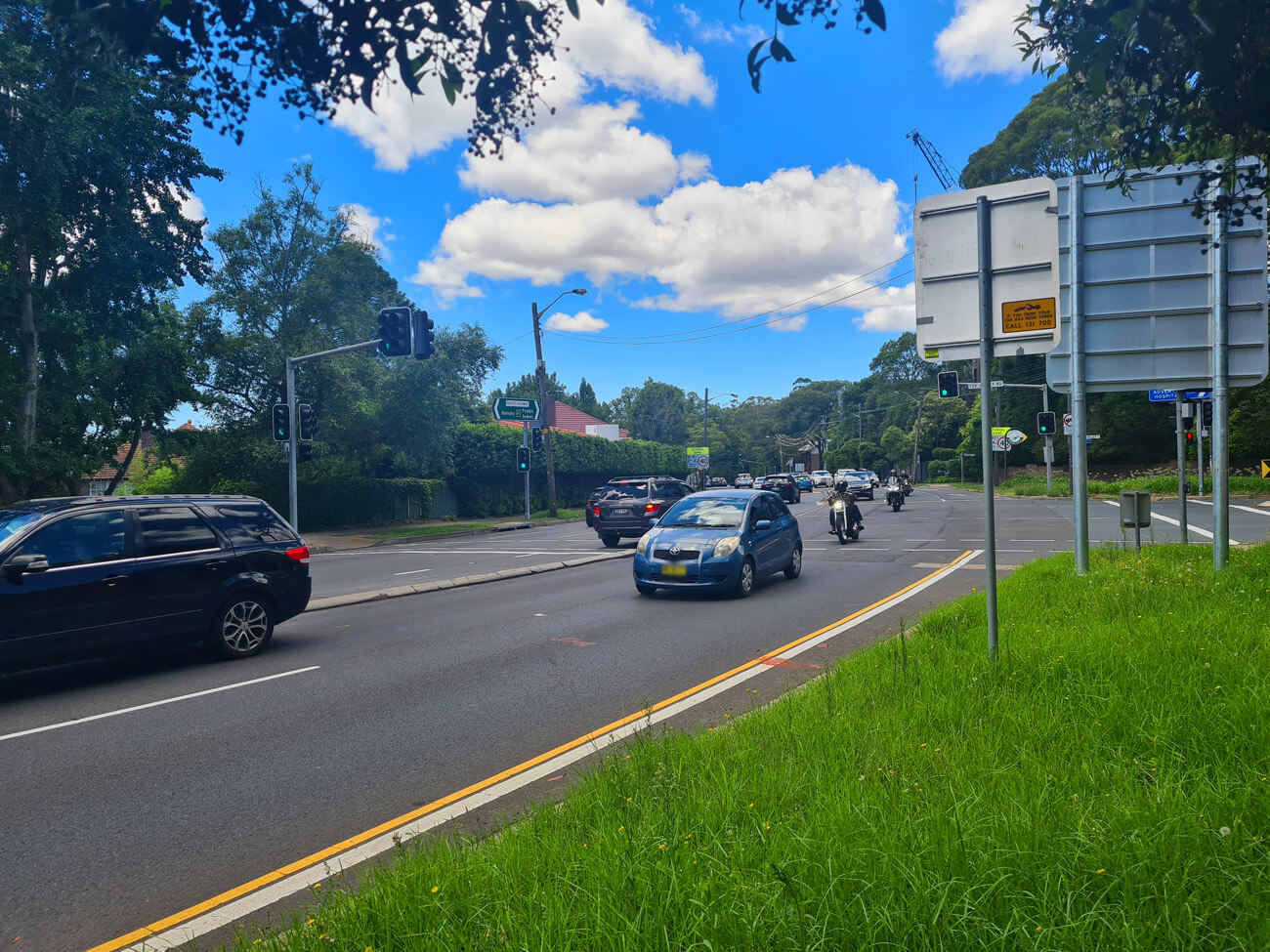
This of course blows out substantially during the work commute, particularly for those taking the route down through chokepoints like North Ryde; as a result, an extra 25 minutes at least can expect to be tacked on. Buses face a similar problem; it’s due to this that many instead opt for Wahroonga’s train service, which offers a commute just over 40 minutes down into Town Hall.
They’re highly frequent during peak hours too, so it means you’ll seldom be waiting long should you miss a service – during off-peak, this eases to a still-respectable 15 minute gap between trains.
Wahroonga’s station and its gardens are quite pretty and well-maintained in and of themself, with its historic “named” benches popular for the odd photo pose as well.
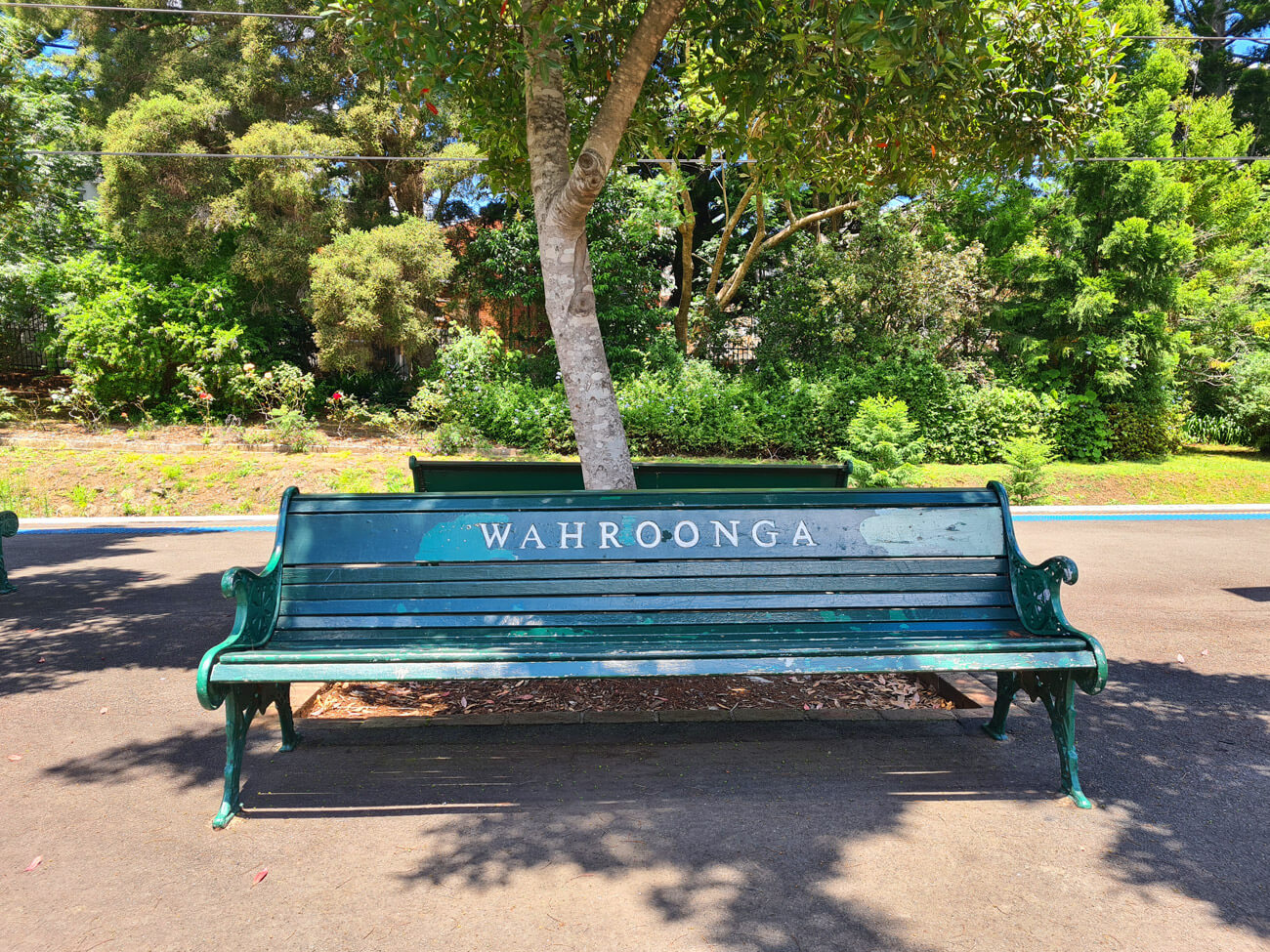
Much like many of the other suburbs on Sydney’s North Shore train line, Wahroonga is split fairly evenly in two into a “west side” and “east side” of its train tracks, each with something slightly different to offer.
These extend out on either side from its main, fairly small retail and dining hub branching off alongside Railway and Iloura Ave, which has all the upmarket, village-type vibe you’d expect from a suburb of this social class.
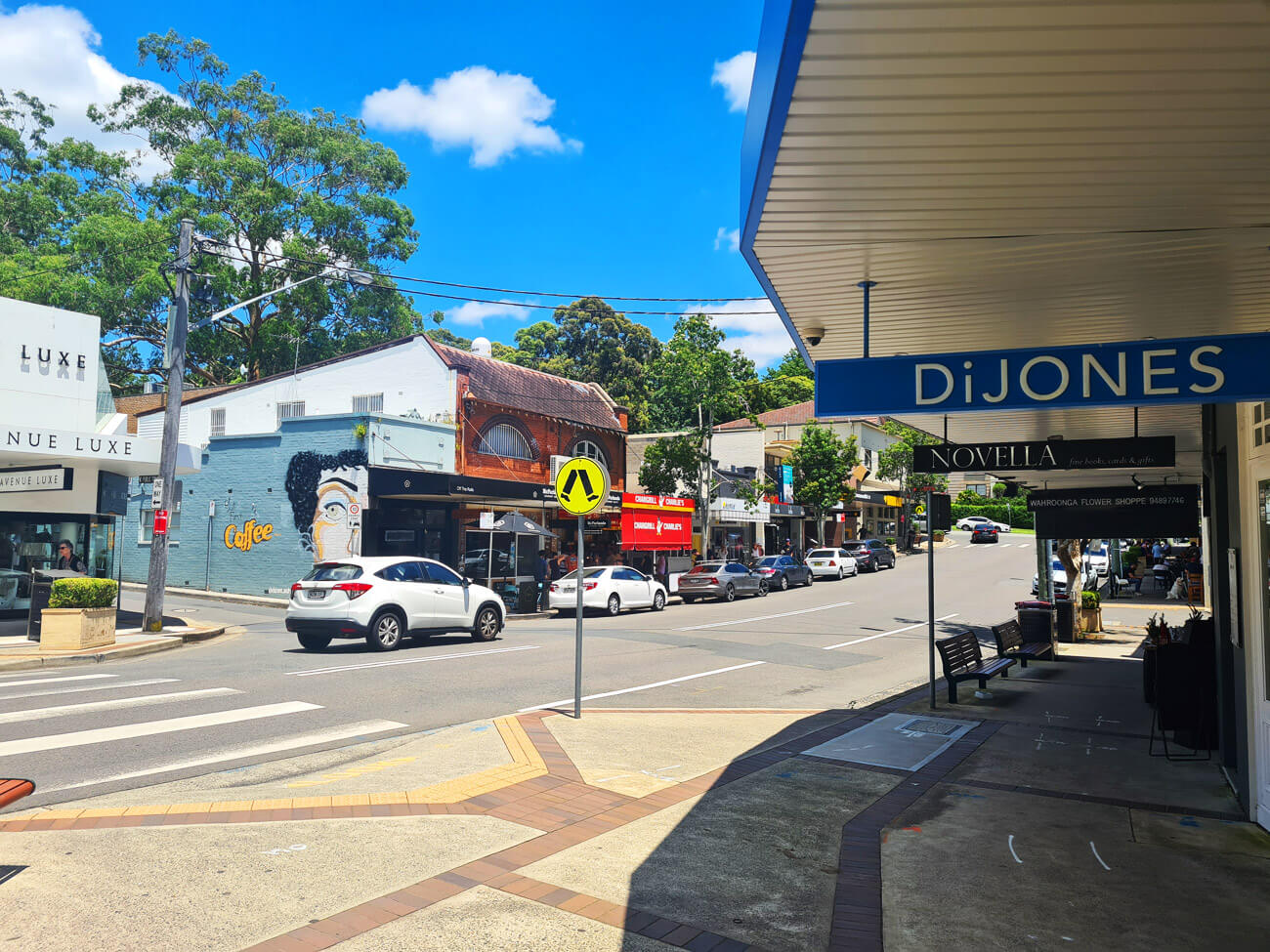
For a fairly small and concentrated little hub, it boasts a pretty impressive selection of assorted dining and cafes, forsaking some more practical services in return for an array of enjoyable eateries instead.
These cover a couple of international cuisines and fast food, but are mostly standouts for their cafe, coffee and otherwise street-side al fresco dining that can get quite busy and buzzing at times.
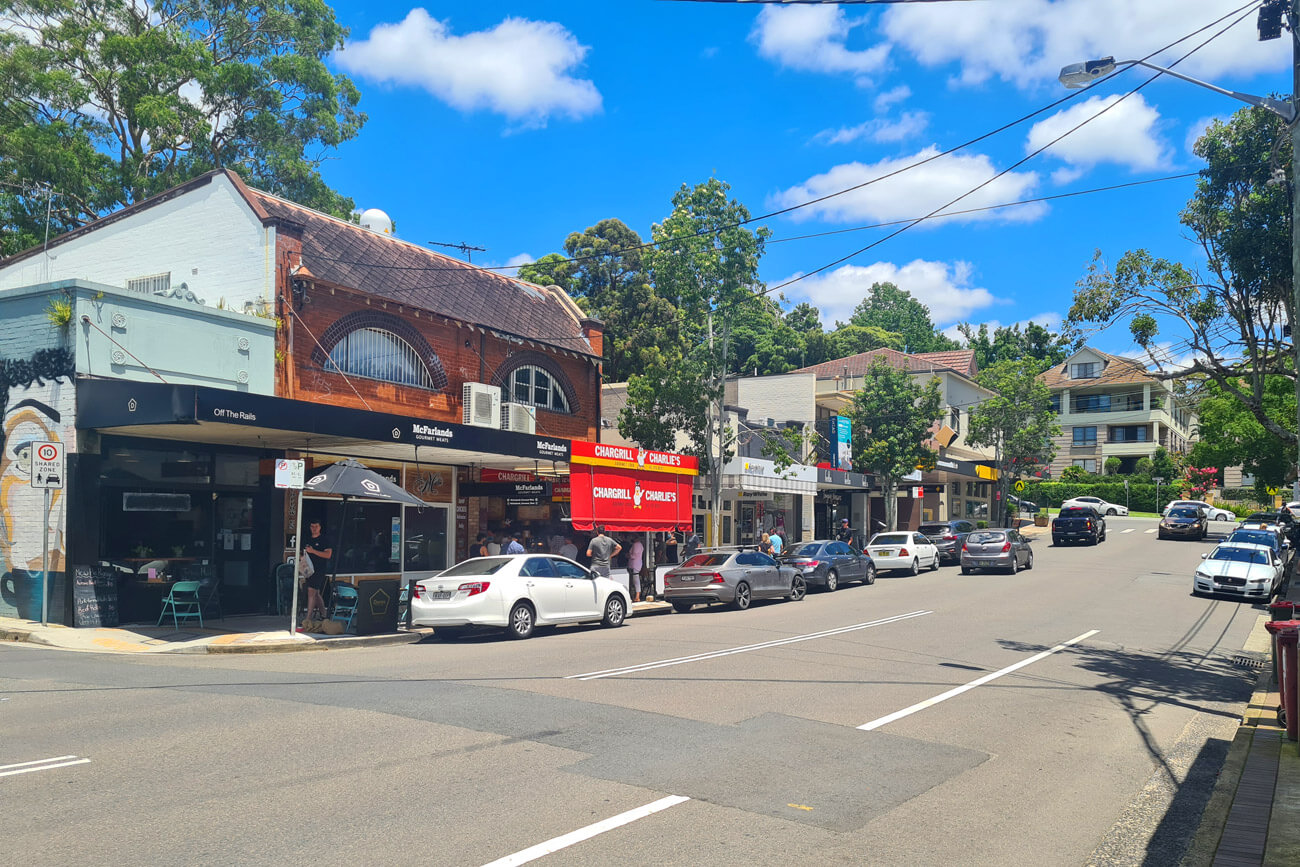
This also includes a decent little IGA for supermarket needs, and a couple of doctor/dental services, post office, and a handful of boutiques, but is otherwise a little lacking in anything more substantial.
Much of this is alleviated by the proximity of Waitara and (even moreso) Hornsby not too far a drive away, while its residential areas on either side of the station also boast their own little hub of shops of their own.
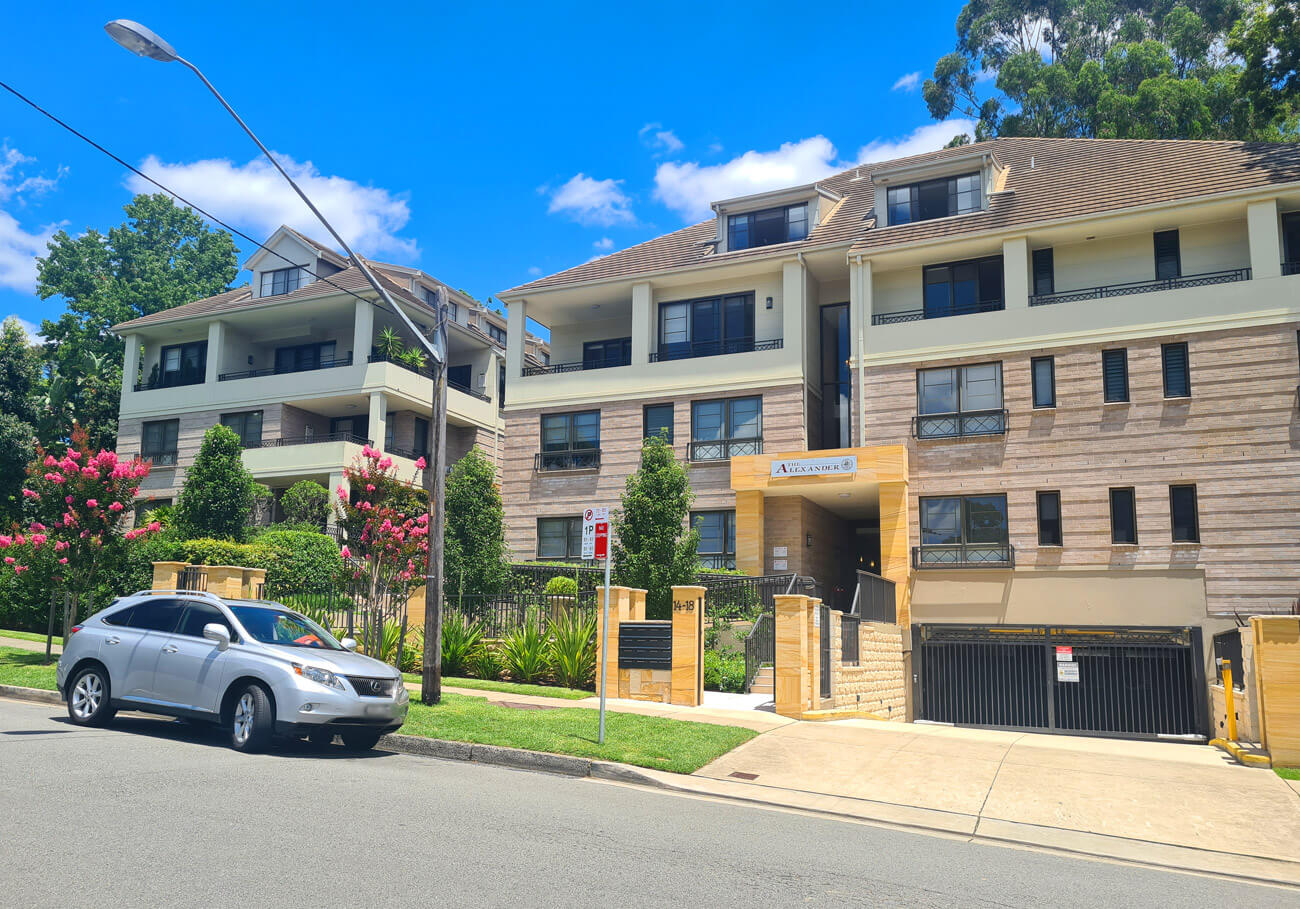
Wahroonga’s station-adjacent area is also one of the few spots in the suburb where higher-density living in the form of some upmarket low and mid-rise unit blocks.
Only a handful of these can be found scattered throughout elsewhere, and their proximity to the station and dining hub makes for convenient and desirable living.
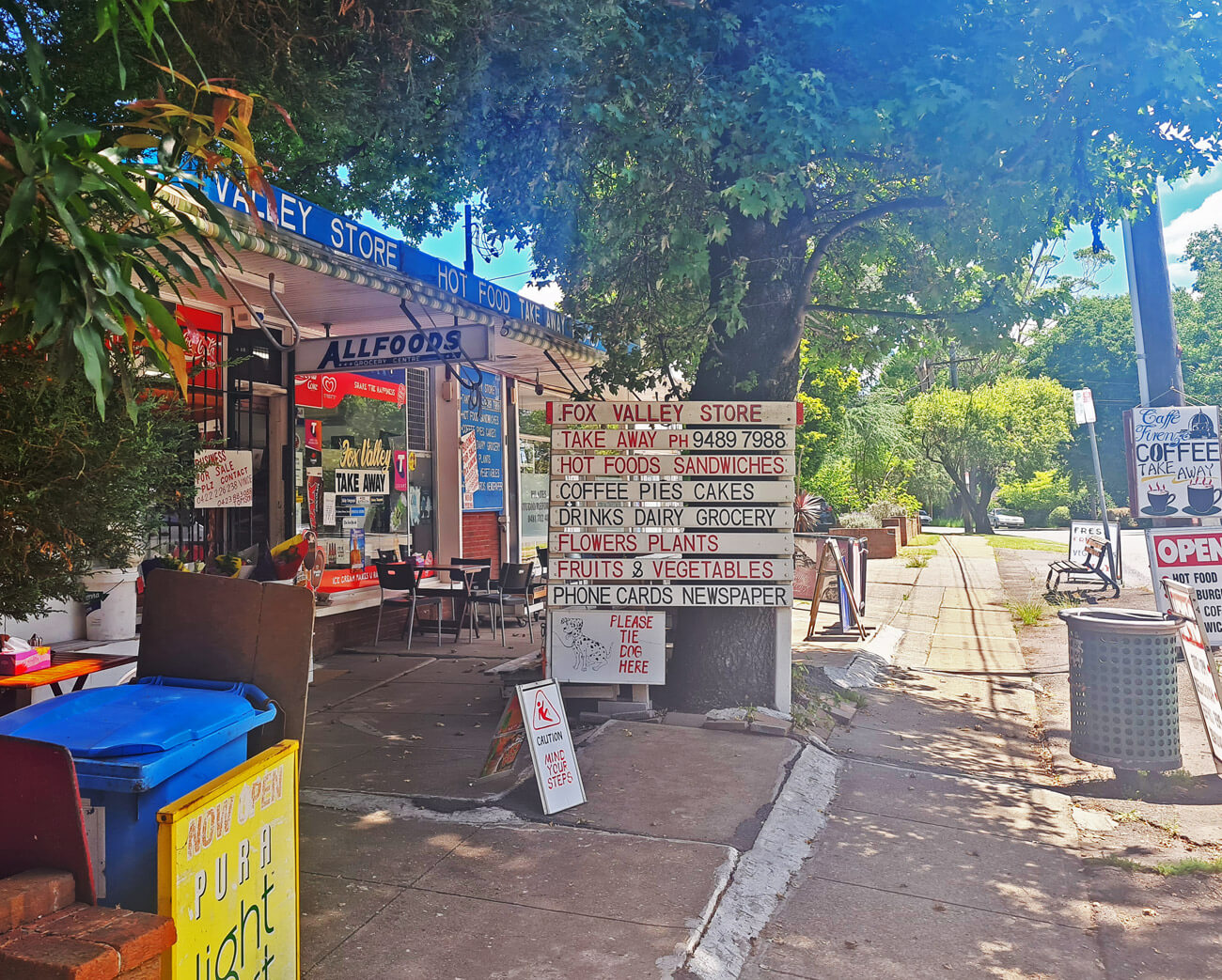
The west/south side of Wahroonga is the greener of the two, and extends past the highway (where more apartment blocks can be found) to slope progressively downhill and deeper into bushland the further you go.
At its deepest, it’s practically embedded in bush, with its furthest residential areas not only down a steep slope but also not serviced by buses, making owning a car here even more mandatory for daily life.
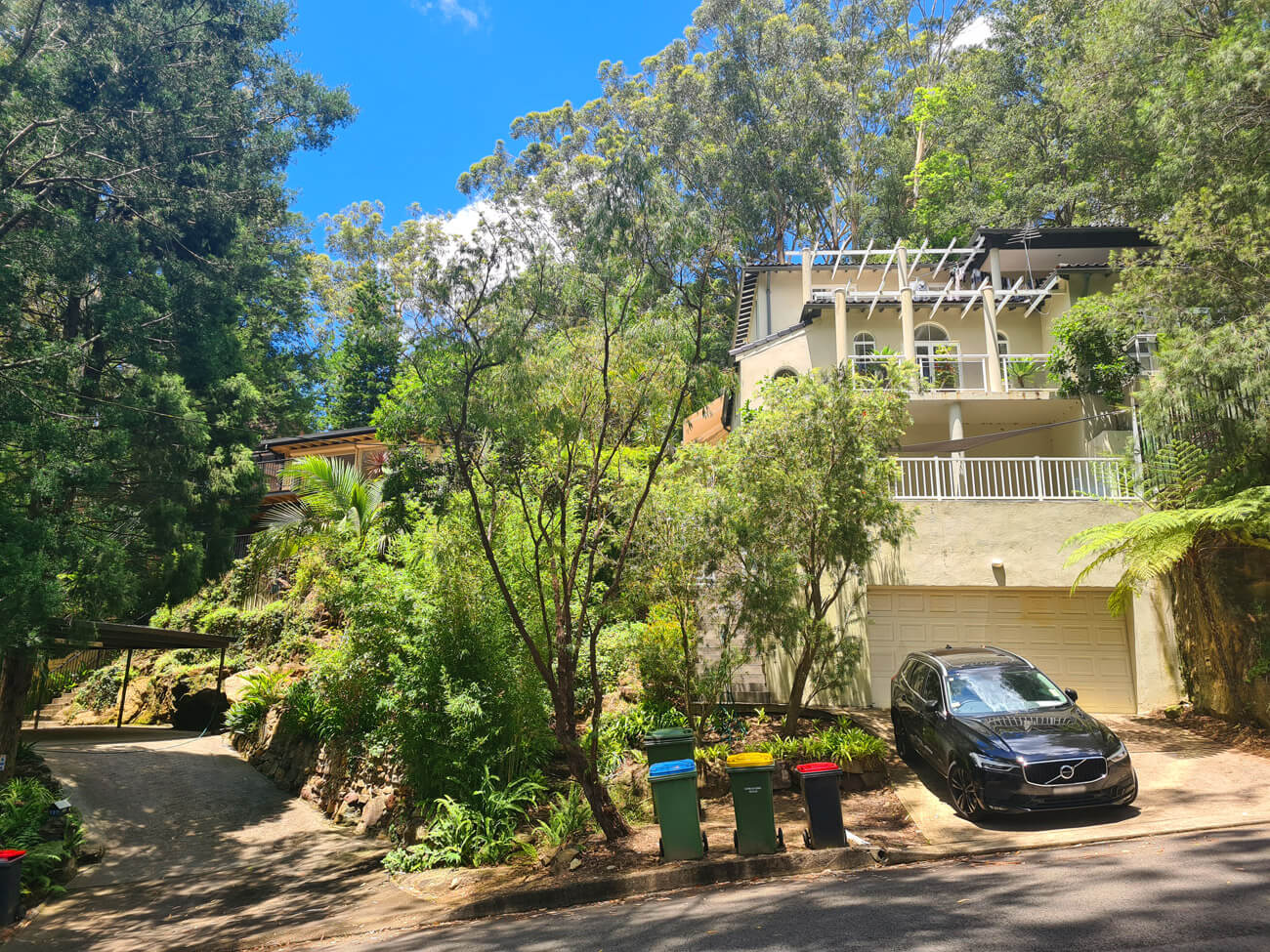
It’s also home to several of Wahroonga’s prestigious schools, including its private variety that can cost a pretty penny to attend. These include Knox Grammar (for boys) and Abbotsleigh (for girls), both of which are historic, renowned for their education, and simply quite pretty to look at.
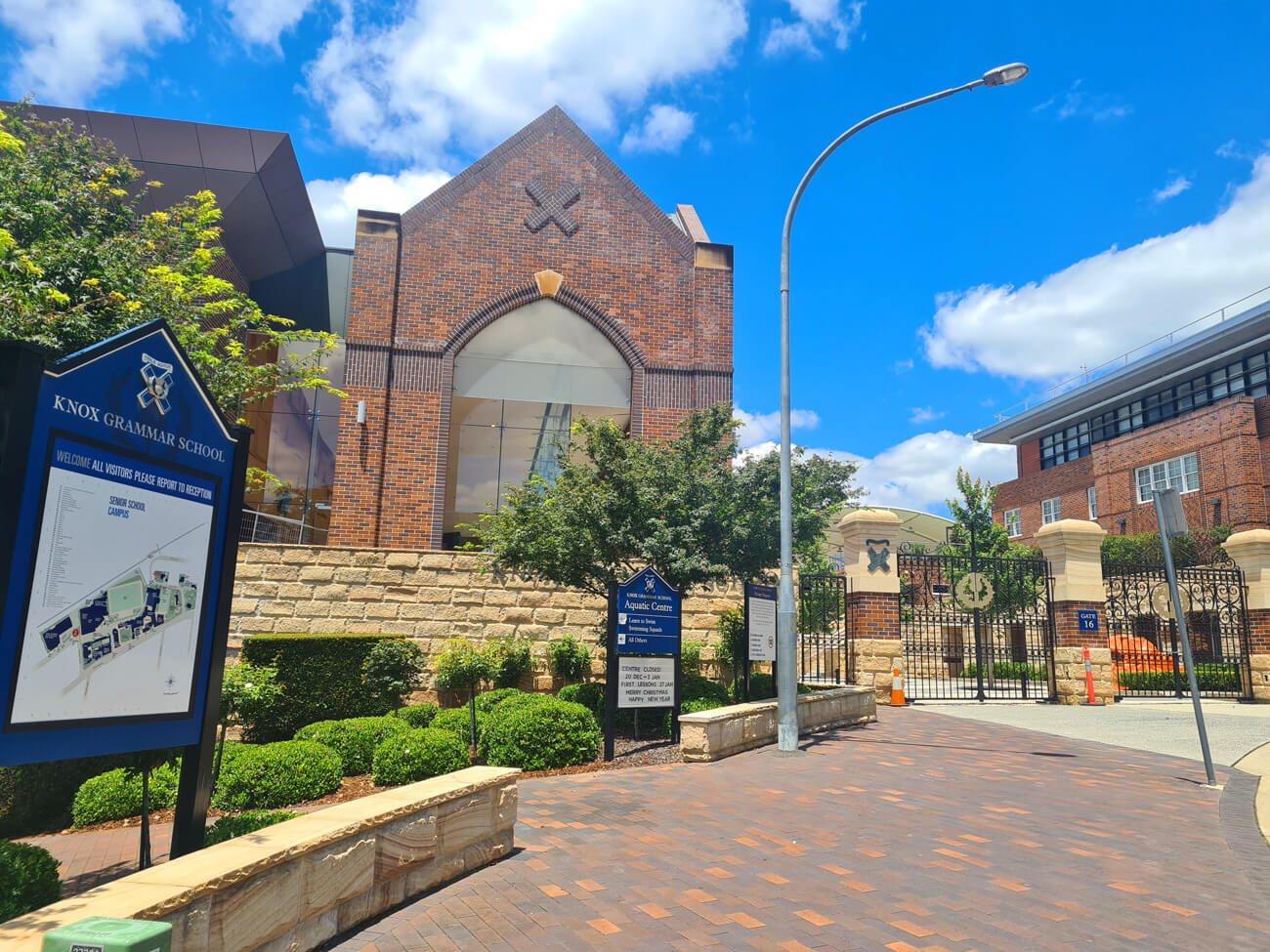
You can typically judge the wealth of a suburb in Sydney by its proportion of sandstone blocks used in construction, and by this metric alone Wahroonga’s schools are “up there” among their peers.
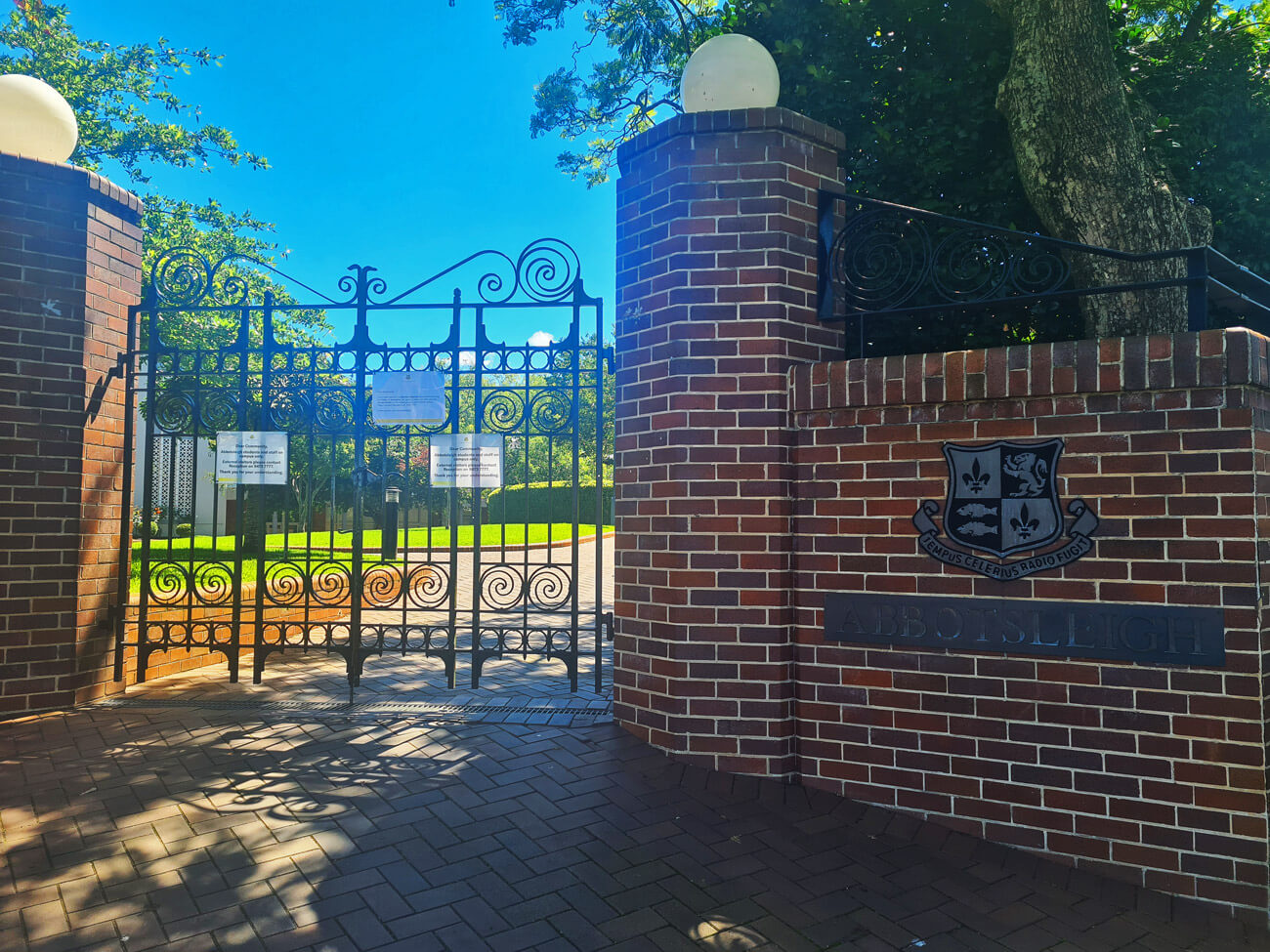
Deeper into this part of Wahroonga off Fox Valley Road lies the suburb’s Adventist and medical pocket, which again is visually pretty and serves as a mini-hub of hospital, schooling and clinical needs.
It’s also home to the cute (and necessary) little Fox Valley Shopping Centre which provides a couple of charming local cafes, liquor store, chemist, Thai restaurant, bakery and other misc services. It’s tiny, but nonetheless good to have some extra food options without having to hike into – and park in – Wahroonga’s town centre.
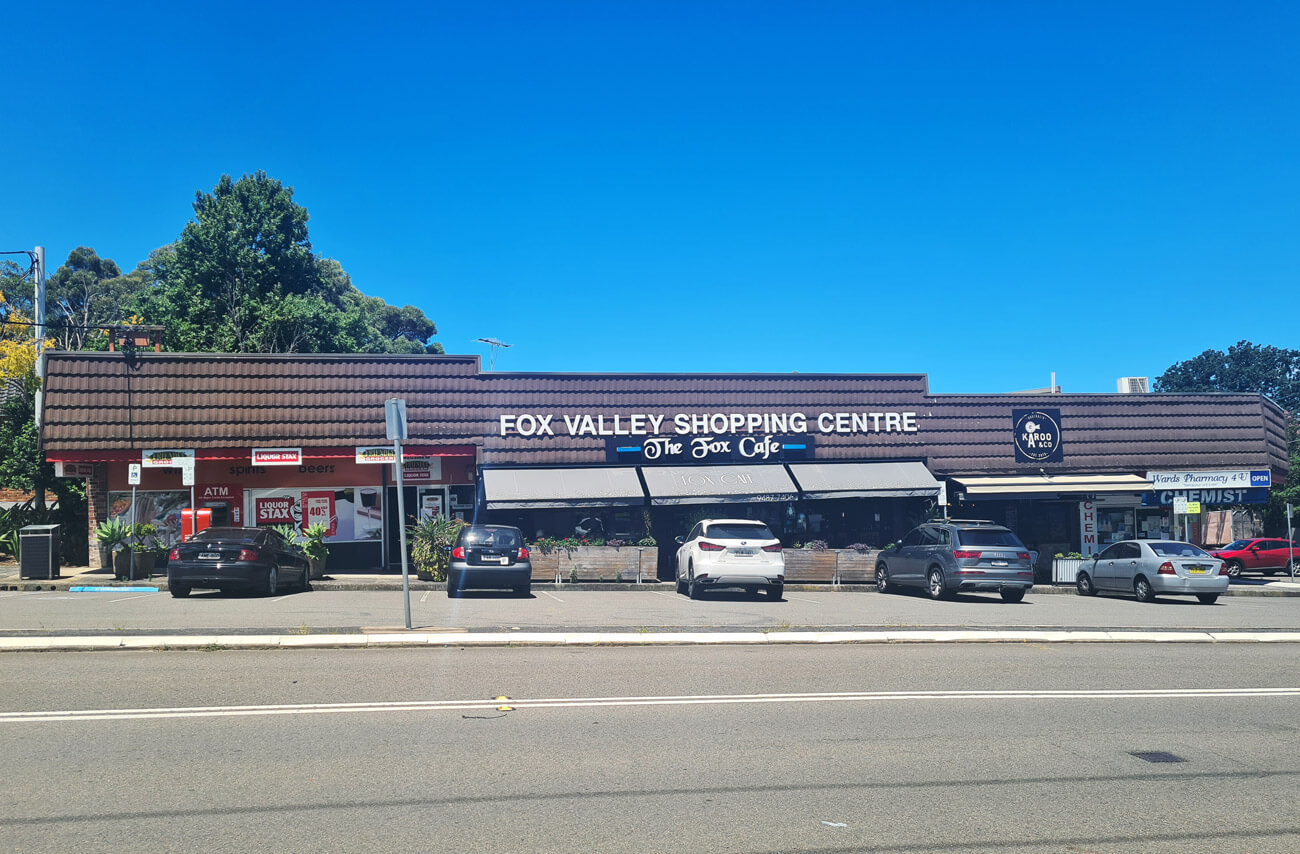
The residential portions of this slice of Wahroonga are as impressive as you’d expect.
Its streets are not only enshrouded by overhanging trees, but the constant presence of flowers and birdbaths – not to mention the gardening efforts of its residents – reminds you that you’re in a part of Sydney that has been artfully carved out of the native bushland.
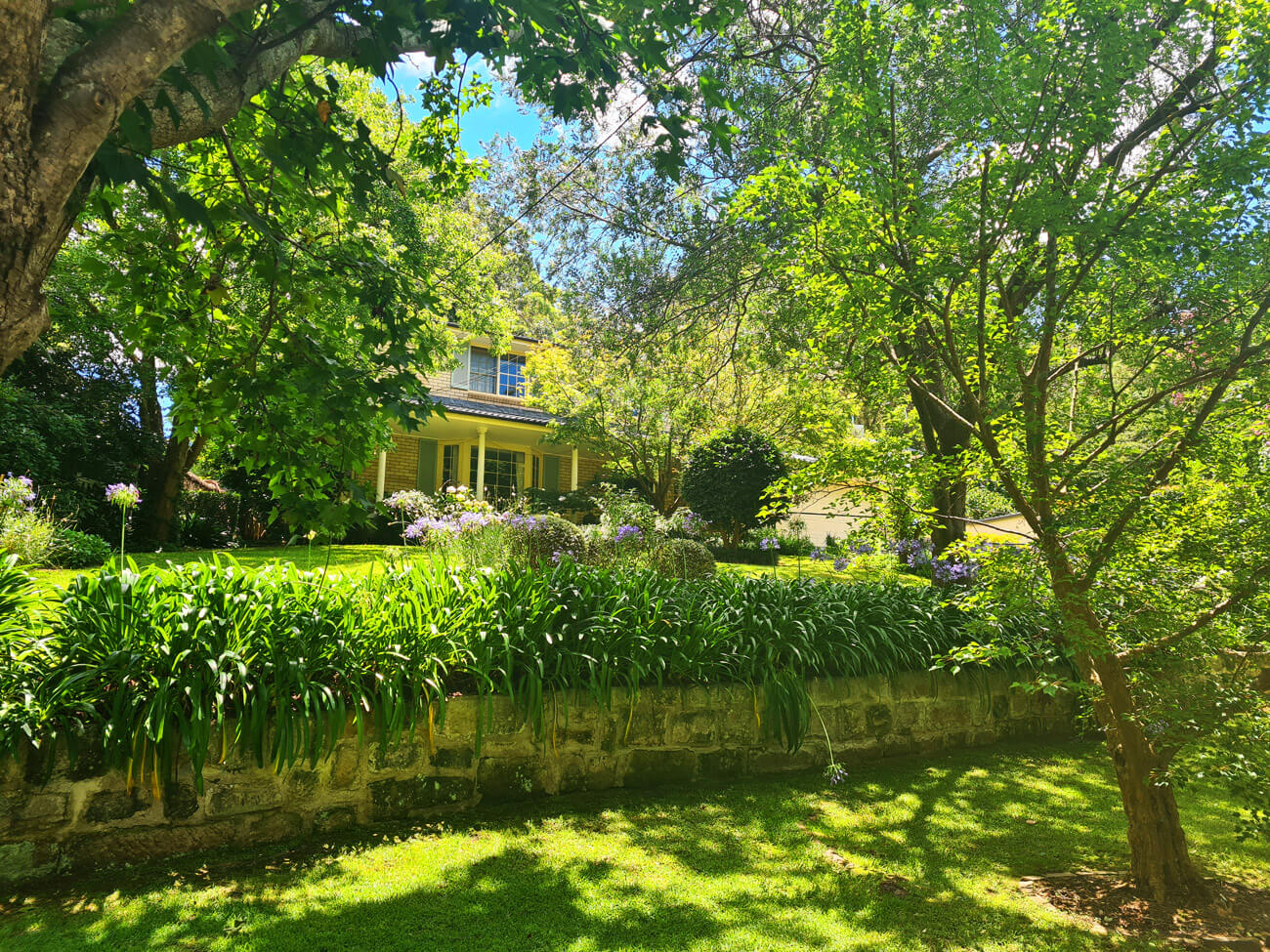
Many of the residential streets are also, again, incredibly hilly, with multi-level large homes sitting perched on the hillside, and the roads steep enough to get you panting on a warm day.
The lack of footpaths and deep driveways here are probably an indicator that the residents probably don’t want gawkers admiring their eye-boggling homes, with many of the houses set back and fenced off by walls of natural greenery and spiked iron fences to keep the peasants out.
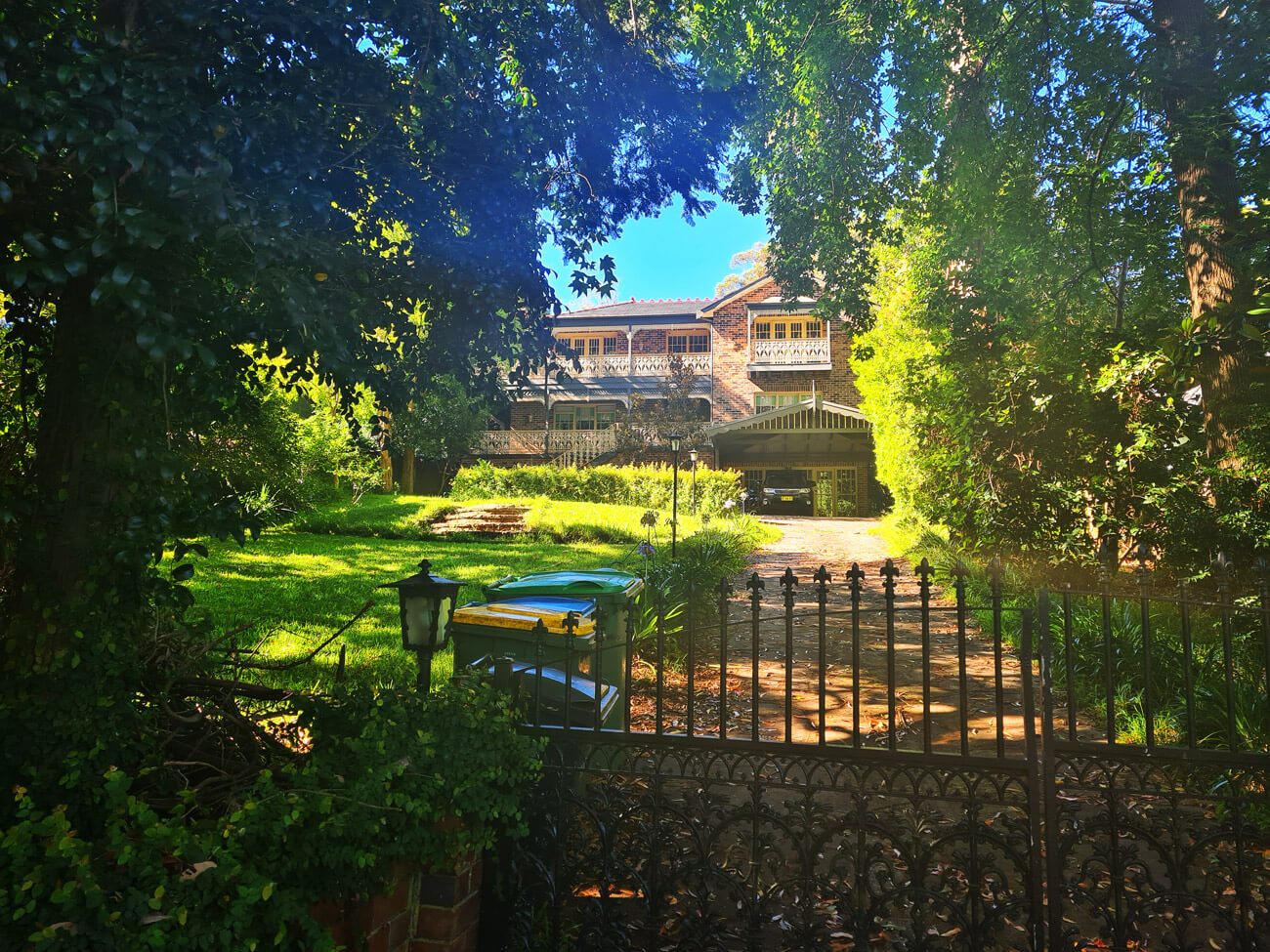
Seemingly every residential street here contains the occasional secluded, little walkway hinting at the possibility for adventure, while the range of assorted and often quirky architectural styles of some of the homes here keeps things interesting as well.
Many of them don’t take full advantage of the massive blocks they sit on, instead giving way to huge gardens with fountains, hedges and the like that require constant yard work to maintain in the conditions they display. Several of the more historic blocks throughout are also under development proposal, or actual redevelopment.
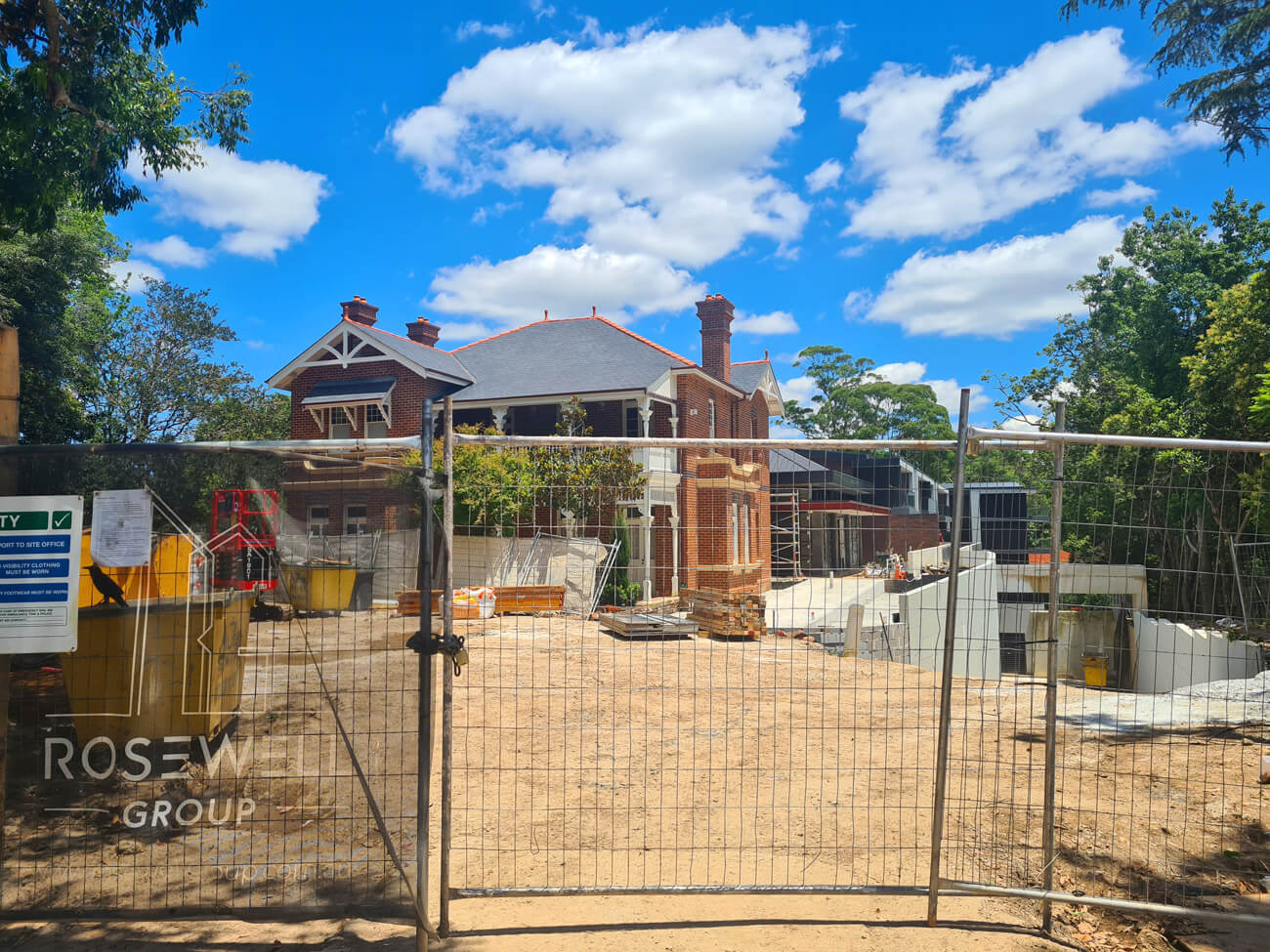
For all its greenery, this part of Wahroonga isn’t too park-heavy – it’s instead home to a couple of fairly bare-bones ovals, fields and reserves which are mainly just open slices of fairly bland greenery.
It’s all kept in good condition by the local council, and the Ku-ring-gai authorities in general deserve a shout-out for actually bothering to provide plenty of public garbage bins that are regularly emptied; it may not sound like much, but it’s appreciated vs. many other LGA’s that just don’t bother.
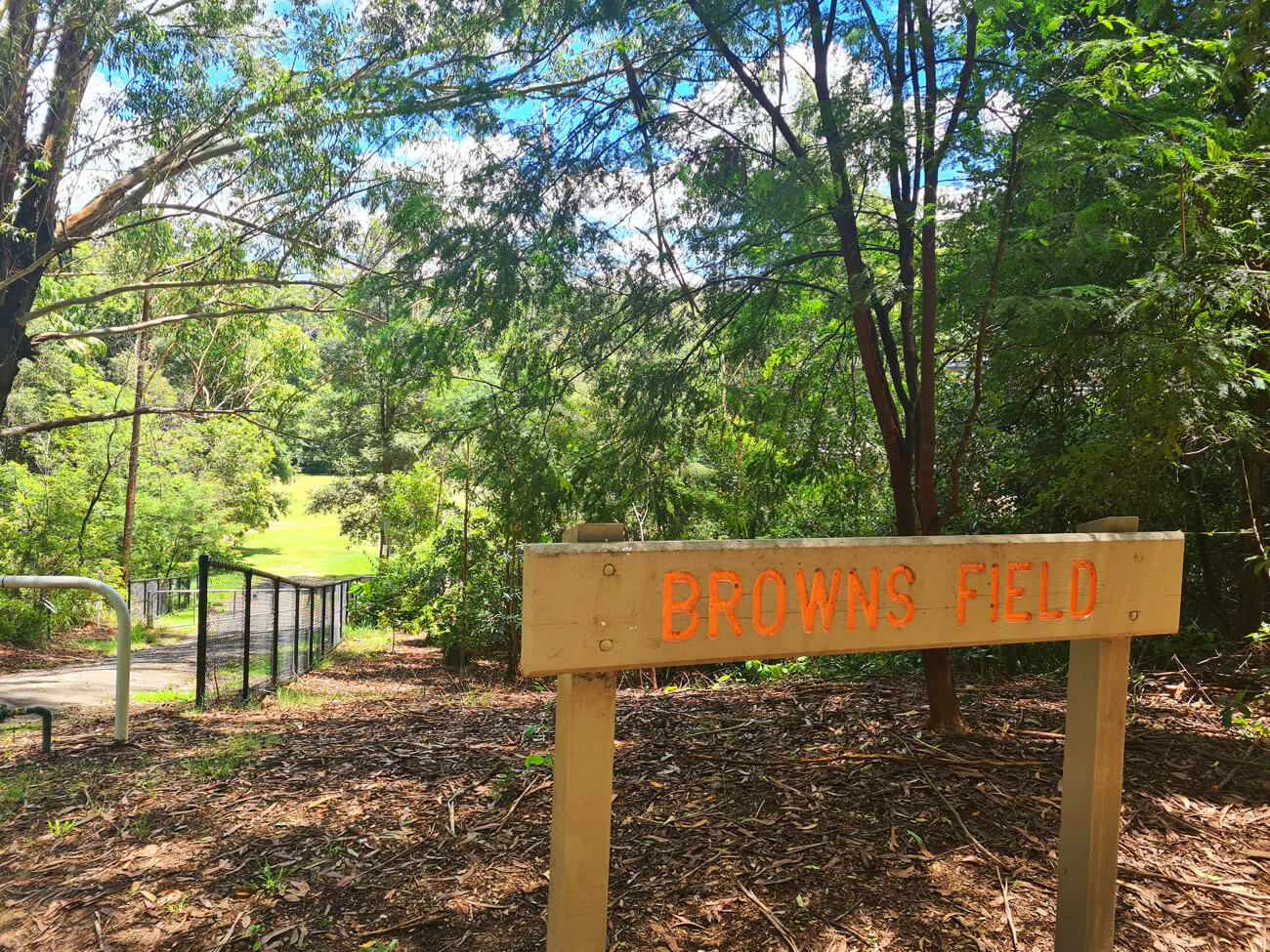
The eastern side of Wahroonga is generally flatter and more walkable, although has some hilly elements of its own. Its most noticeable and immediate star of the show is the suburb’s highly pretty namesake Wahroonga Park, which sits pretty much adjacent to the station.
This is a scenic and well-maintained flagship green area with a good mix of facilities such as clean public toilets, playground for the kids, gazebos, and a particularly charming flower garden that combine to make it for a highly popular hangout spot for picnics and celebrations alike.
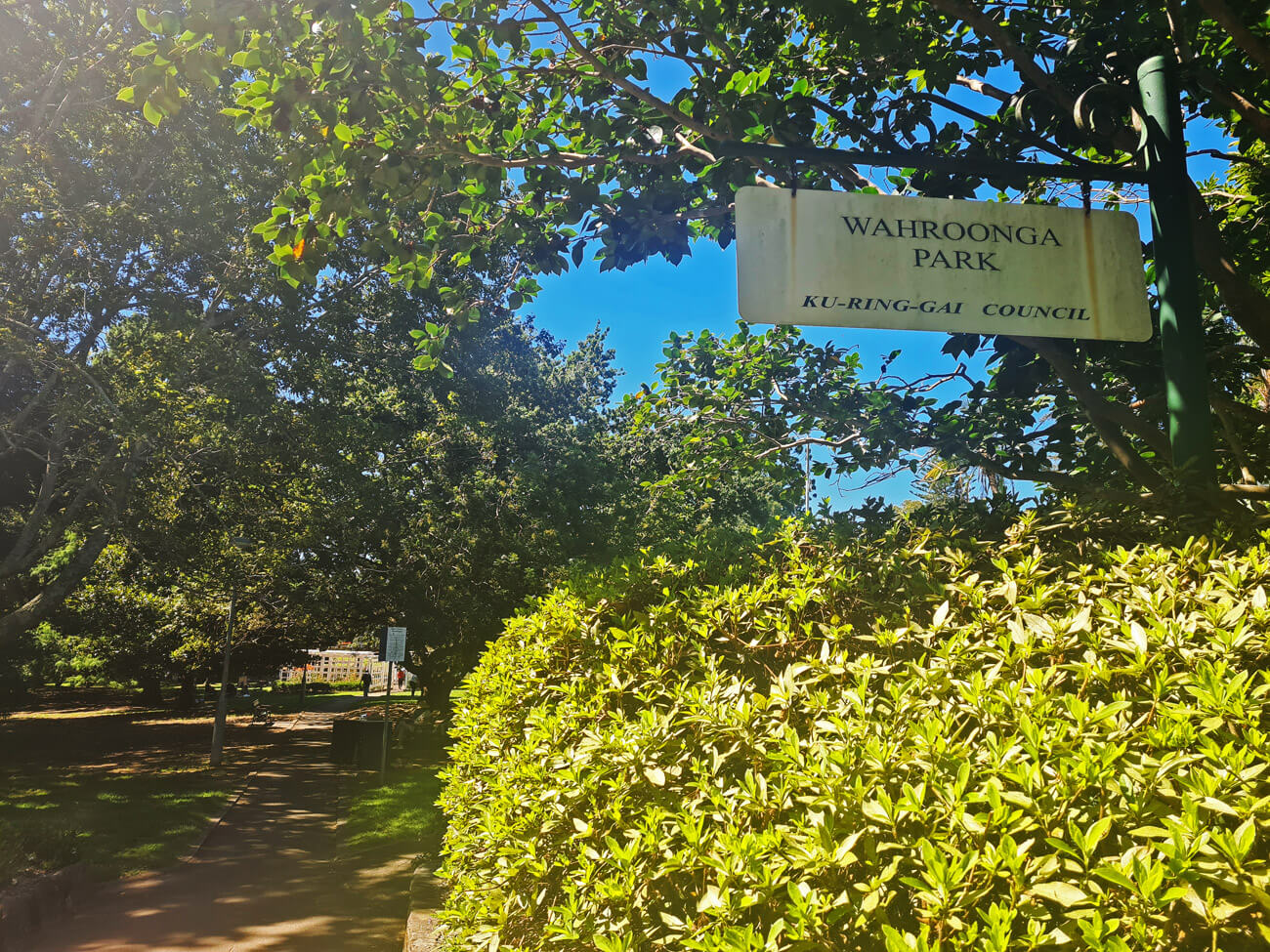
Its neighbouring historic Patina Cafe is another highlight, with a charming facade, cosy interior and quality coffee and food, although at Wahroonga-appropriate prices.
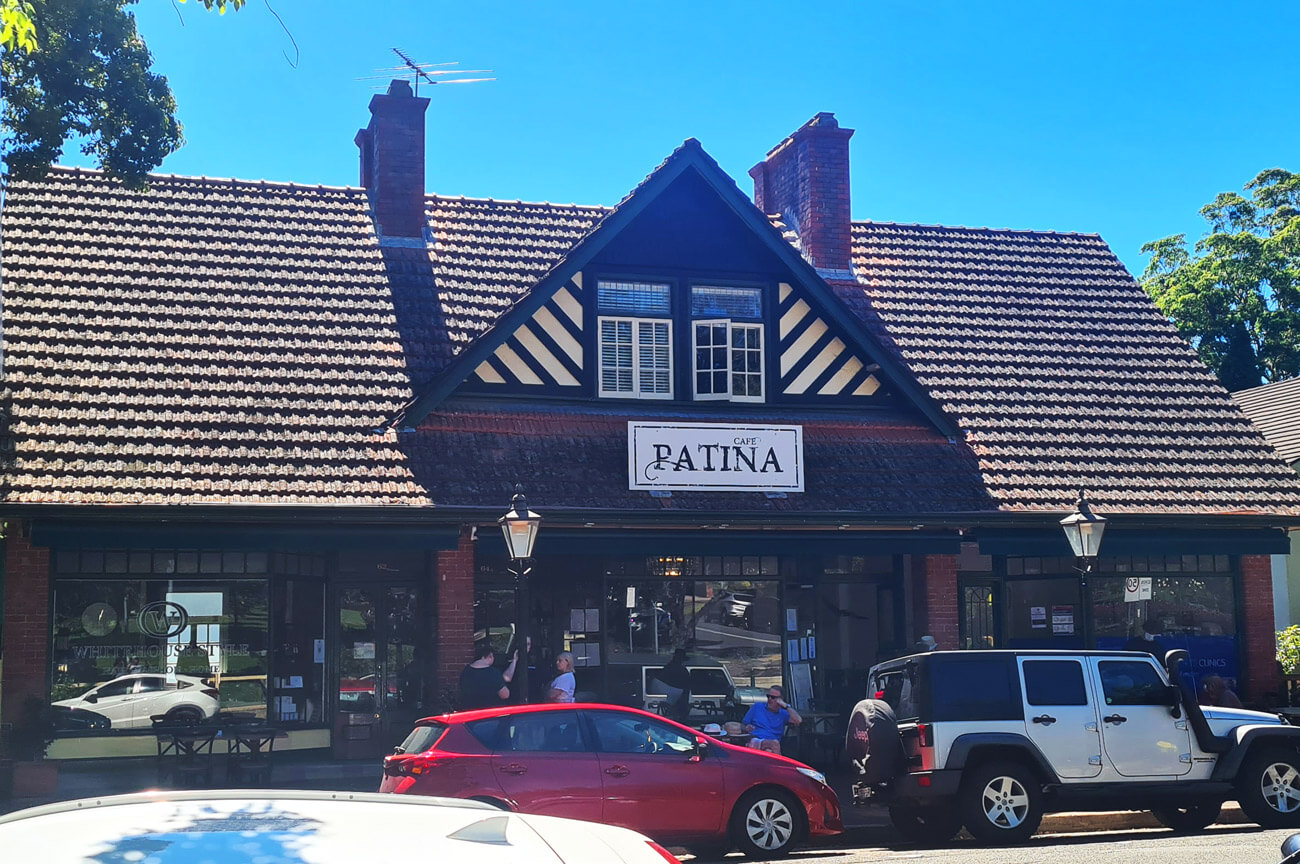
Wahroonga Park is definitely the highlight among Wahroonga’s public spaces as mentioned, as while the suburb is a standout in terms of general greenery among its streetscape, the rest of its parks on this side as well are merely functional.
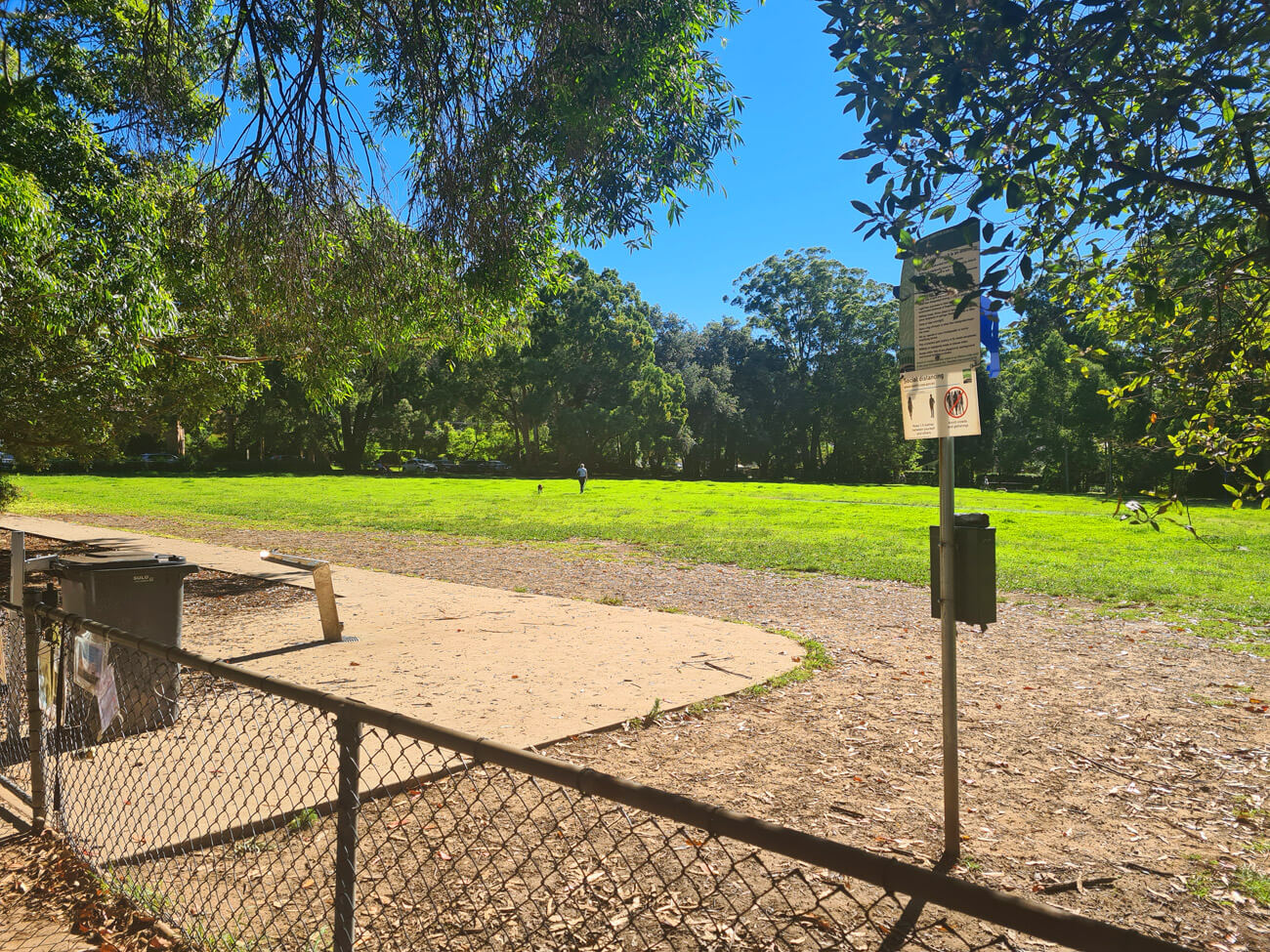
Spots like the Glade Reserve (roomy but uneventful) and Claude Cameron Grove Park (dog-friendly) serve their purpose, but aren’t particularly notable otherwise.
It’s this combined with Wahroonga’s lack of proximity to any nearby beaches which are its only negatives in terms of nature – getting to the ocean is a hike, so if you’re a beach bum you’ll likely want to look elsewhere to live. Otherwise, it’s delightfully leafy overall.
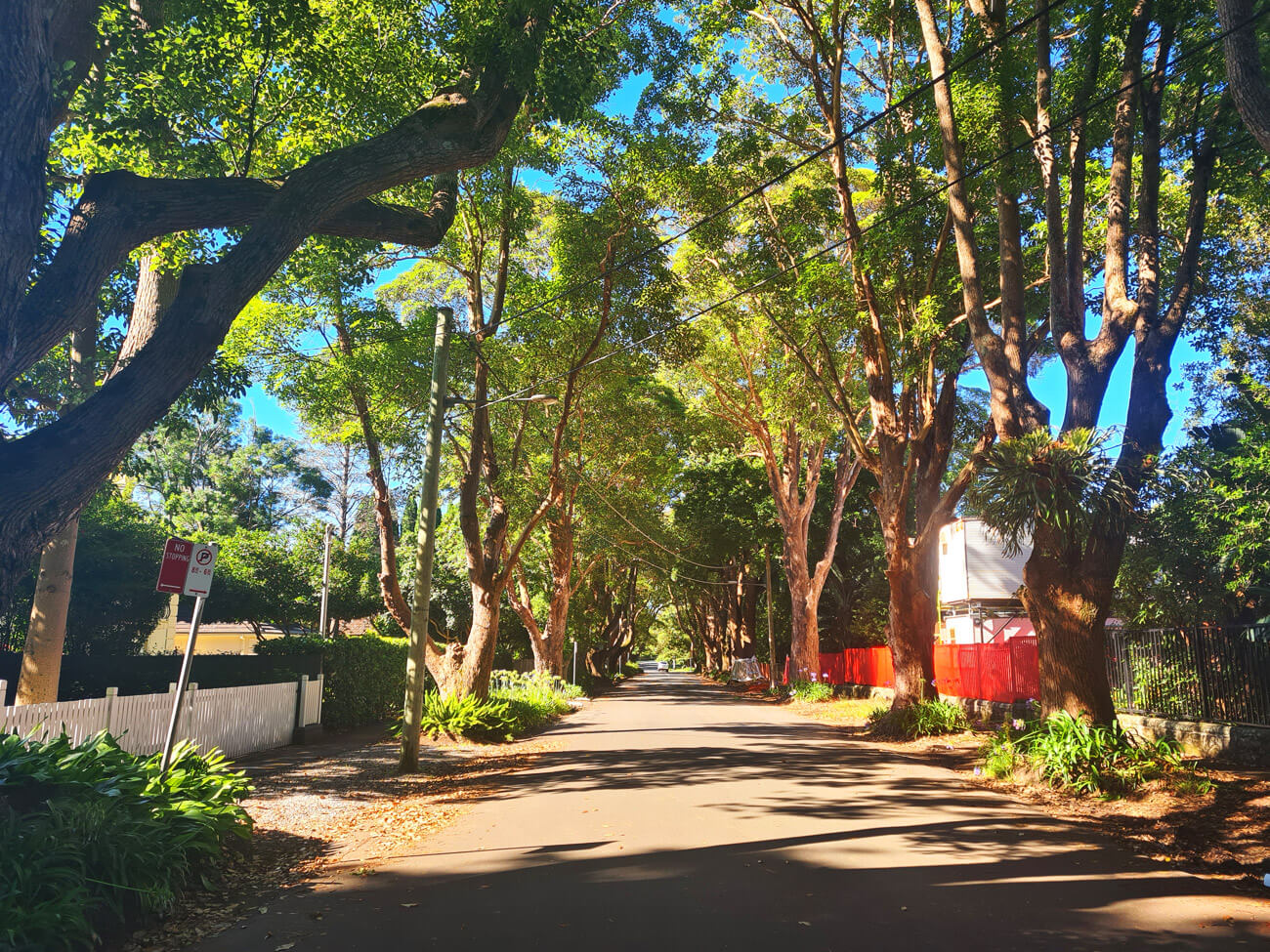
Amenity-wise, this side of Wahroonga likewise has its own little cluster of shops and local restaurants in the East Wahroonga Shopping Centre, which comes with its own small IGA for essentials as well.
Again, it’s relatively tiny but still helpful compared to many similar suburbs that forsake corner-store type shops for one single busy (and impossible to park) central shopping hub alone.
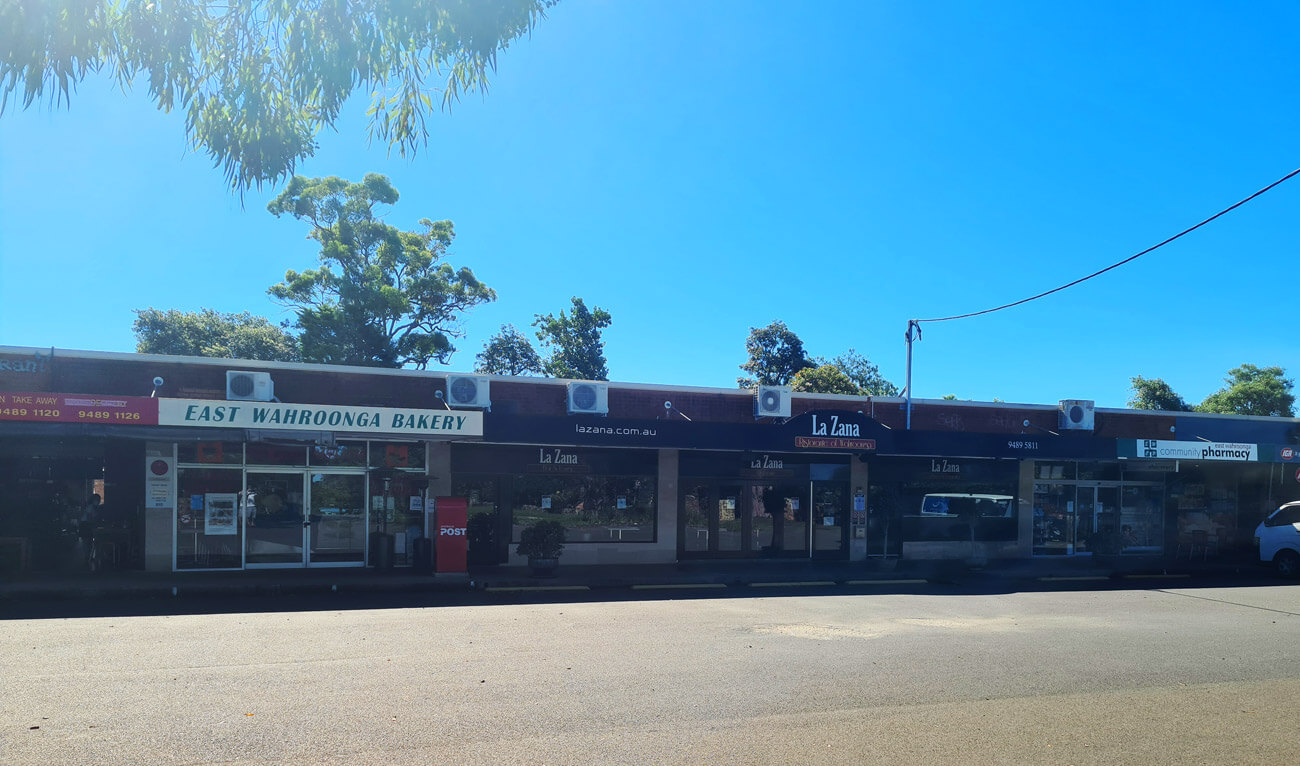
It’s mostly a quiet streetscape overall, too, other than semi-prominent streets such as Junction Road which sees its own helping of through-traffic.
It’s easy to see how this degree of peace may translate to boredom for some; outside of its pretty nature and streets, and its cafe culture, there isn’t much entertainment-wise here to do.
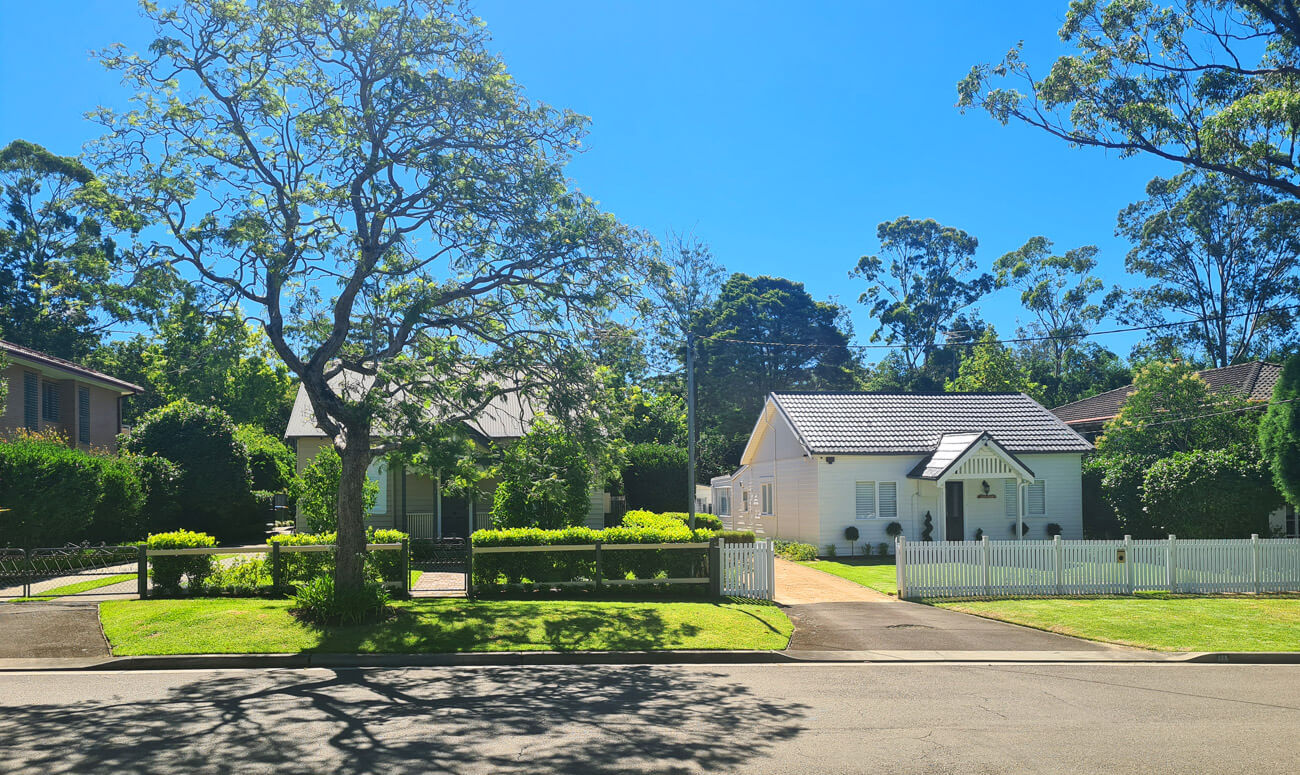
This is the rare suburb in Sydney that doesn’t have even a single pub, for example – something that even sleepy Killara down the road can offer – and if you’re not eating or walking the dog, Wahroonga is pretty much about home improvement or spending time with the kids.
As a result, even if it weren’t for the price it’s likely not going to appeal as a place to life for most young adults.
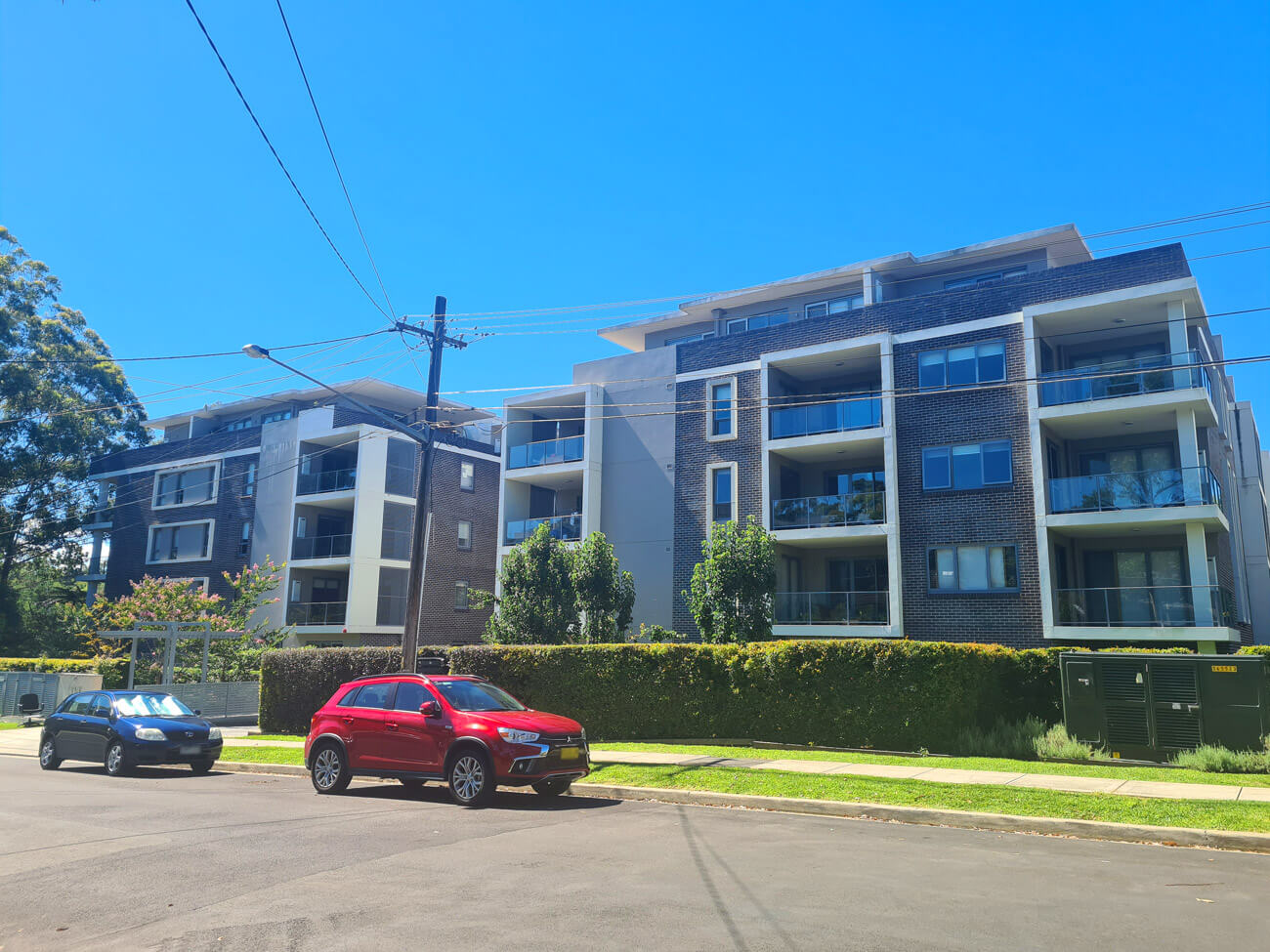
Outside of some additional new, higher-end apartment blocks which have been constructed in recent years, Wahroonga remains mostly large and low-density in terms of housing.
It’s both home to multiple heritage listed sites as well as newer, designer builds which are often no less grand than their historic neighbours.
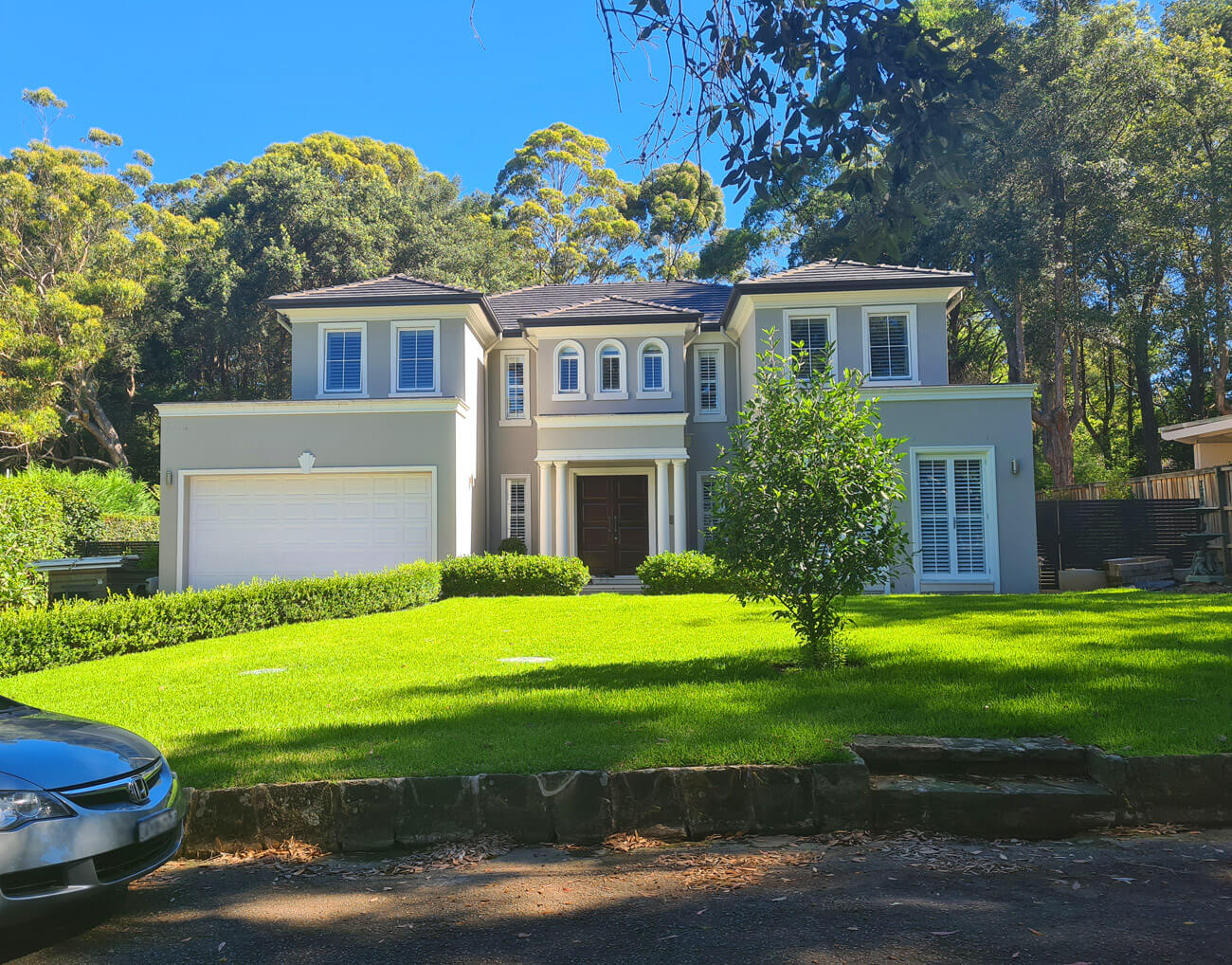
This includes a good mix of both single and double-story houses, most with ample front lawns and towering trees in front and back.
It also echoes a bit of a lack of housing diversity overall, with a lack of townhouses or villas and that “in-between” demographic that can help with affordability.
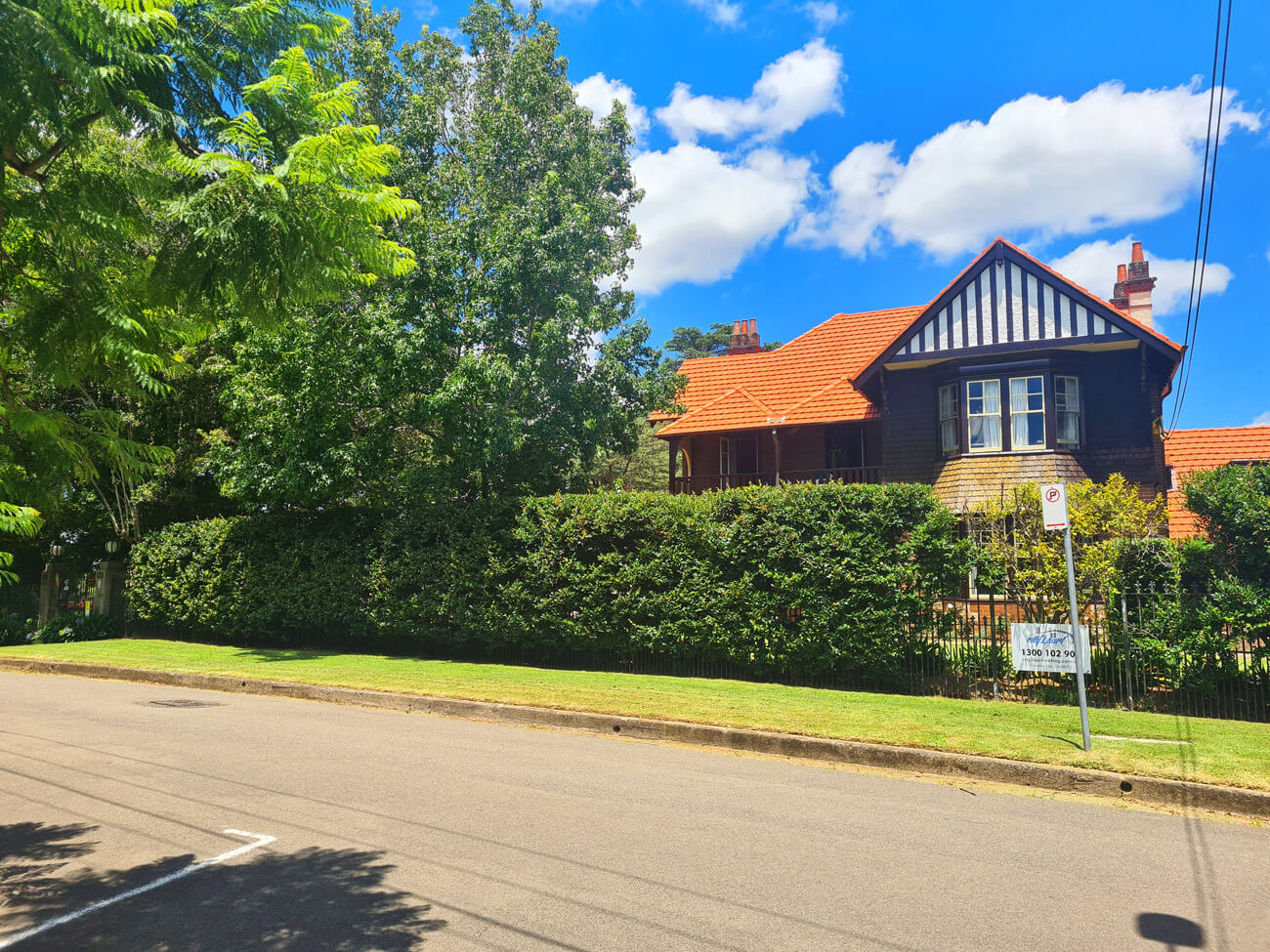
Crime-wise, Wahroonga is about as safe statistically as one would expect from both an expensive and resident-heavy suburb.
It clocks in with a meagre 0.04% per capita crime rate, which ranks it within the top 30 of the safest suburbs in Sydney as far as stats per person go.
“The appeal of Wahroonga comes not only from its high-end homes and peaceful well-manicured streetscape, but its physical location as well.”
In terms of price, Wahroonga is very much two highly separate markets as far as houses vs. units go. While its median house price is a cool $2 million – and often easily eclipsed, putting it out of reach for most – its apartment rental and purchase market isn’t too bad given the prestige of the suburb.
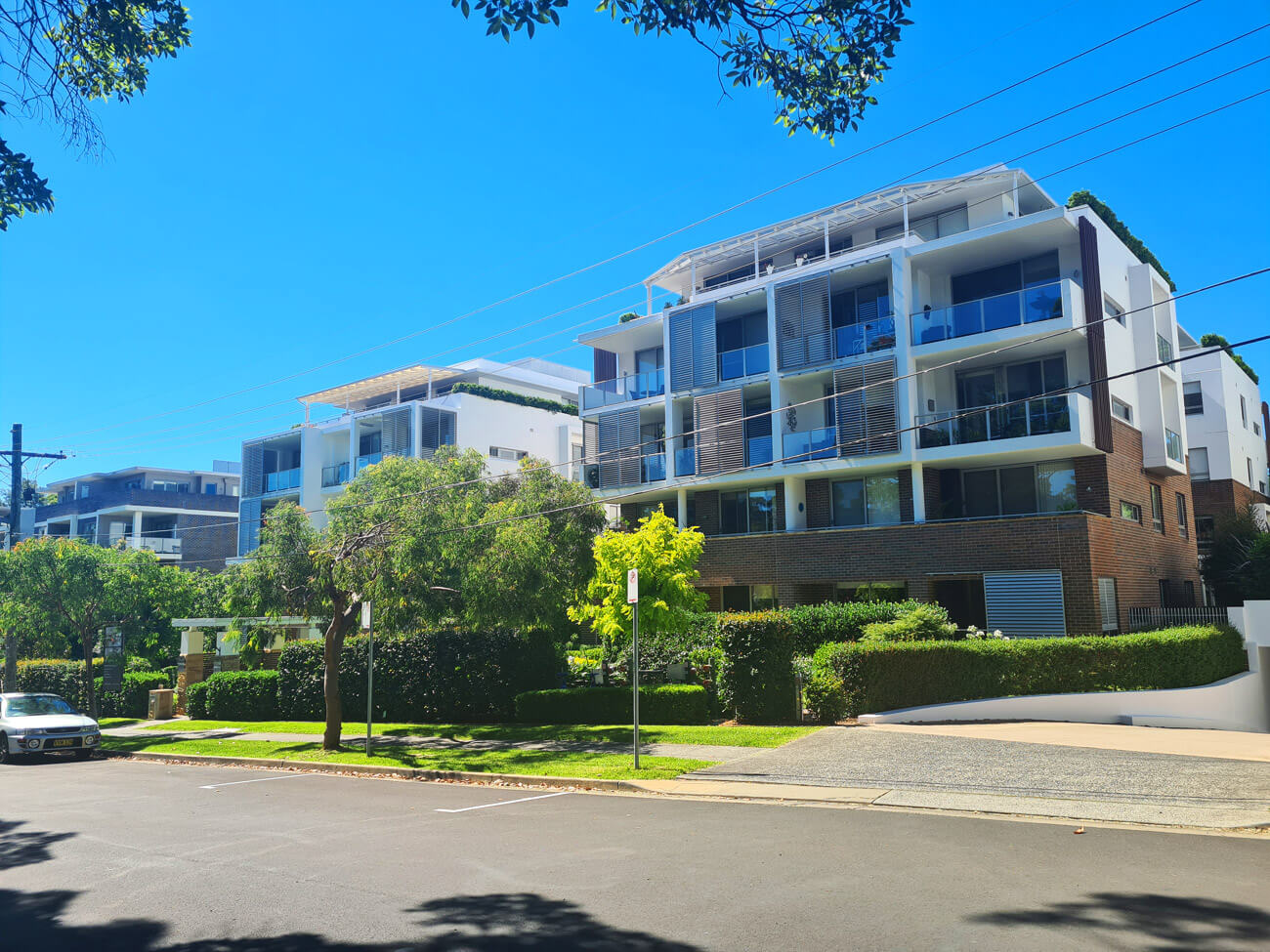
Rentals for 2 bedrooms hover around the $570 per week mark, and even its newer builds can be had for even cheaper than this during the current climate. As a temporary hub for a year or two of enjoying a relatively easy CBD commute and access to national parks and Wahroonga’s nice lifestyle, that’s not a bad investment at all.
The Verdict
While Wahroonga’s exclusivity will automatically make it out of bounds price-wise for much of the average population of home buyers, it’s still got enough character to help set it aside from some of its peers in the same region. Its homes are undeniably impressive, while its sheer level of greenery isn’t compensated by a lack of connectivity or accessibility – both its road and rail connections are pretty darn good, despite some peak hour traffic issues.
The ideal resident for living here may be seen as the typical cashed-up, older-generation Aussie who wants to spend their life gardening, however there are still enough little modern apartments available for those who want to be able to snap up somewhere highly safe close to a good little local cafe culture while commuting down into the city for a few years.
Otherwise, it’s not hard to see why wealthy people are drawn here; sure, it’s not the most exciting place in the world, but its wide array of high-end education options for kids and elegant houses have an obvious inherent appeal.
If the sight of Range Rovers with L plates on them and spiked fences to keep the riff raff out are a turn-off then this likely isn’t the suburb for you; someone with any kind of Communist leanings would probably have a heart attack as soon as they walked through the first back street. Likewise, if you’re after any kind of nightlife or pub scene then it’s an obvious “no” as well.
On the whole, it’s still at least worth a visit if only to stroll its streets and enjoy its flagship park; and for those with the money, you’ve got the potential for a desirable lifestyle that’s not too far away from anything (other than the beach) at your fingertips.




